Nowadays you are not affiliated with a single home anymore: Berlin, London, Paris, New York, Barcelona, Ibiza, Munich—maybe we´re finally at a point where the strangeness of the times is not matched by one city but different cities at the same time. London was built on imaginative fictions, and they continue to be the city´s major export—an increasing flow of images.
This project serves as a case study to explore the various languages of contemporary image creation and distribution. We access the world through a massive material bank. You can find almost everything you are interested in. Everything spreads out in front of you—you just need one second. Things are always encountering each other and encountering you. Every day you are seeing nonstop; every day there are a myriad of images being dumped into your awareness. But things themselves have no significance; their values only appear in your cognition. Therefore, fascination through phenomena is endless, but the reason for this fascination is relatively constant—and it is only yours. The flow of images and information influences the way we make art, and more specifically, influences the way we see. The various categories, media and histories become materials to use. The network of references the city unleashes defies any coherent visual or interpretive cartography, and it is pleasantly impossible to know which of them are on purpose, which are dumb luck and which are simply your own reading.
Culture, as a social consensus, has become absolute, and is therefore becoming absolutely irrelevant, transforming London into a cultural industry and creating an empty projection surface. Here we may take a lesson from late capitalist business practices in which virtually anything, from trash to home mortgages to entire cities, may be monetized. One is aligned to the image of London as well as other streams of images as a form of currency. Assigning a meaning is merely another way of setting a city´s or an artwork´s price in the currency of knowledge, transforming it into a certain kind of commodity for real estate or collectors to buy and for museums to sell to their audiences. This explains why contemporary art is marginalizing the production of content in favour of producing new formats for existing images. Cities like London are banks—image banks. The big question is, will London be able to attract enough of the global buyers to play your city–for sale.
This project serves as a case study to explore the various languages of contemporary image creation and distribution. We access the world through a massive material bank. You can find almost everything you are interested in. Everything spreads out in front of you—you just need one second. Things are always encountering each other and encountering you. Every day you are seeing nonstop; every day there are a myriad of images being dumped into your awareness. But things themselves have no significance; their values only appear in your cognition. Therefore, fascination through phenomena is endless, but the reason for this fascination is relatively constant—and it is only yours. The flow of images and information influences the way we make art, and more specifically, influences the way we see. The various categories, media and histories become materials to use. The network of references the city unleashes defies any coherent visual or interpretive cartography, and it is pleasantly impossible to know which of them are on purpose, which are dumb luck and which are simply your own reading.
Culture, as a social consensus, has become absolute, and is therefore becoming absolutely irrelevant, transforming London into a cultural industry and creating an empty projection surface. Here we may take a lesson from late capitalist business practices in which virtually anything, from trash to home mortgages to entire cities, may be monetized. One is aligned to the image of London as well as other streams of images as a form of currency. Assigning a meaning is merely another way of setting a city´s or an artwork´s price in the currency of knowledge, transforming it into a certain kind of commodity for real estate or collectors to buy and for museums to sell to their audiences. This explains why contemporary art is marginalizing the production of content in favour of producing new formats for existing images. Cities like London are banks—image banks. The big question is, will London be able to attract enough of the global buyers to play your city–for sale.
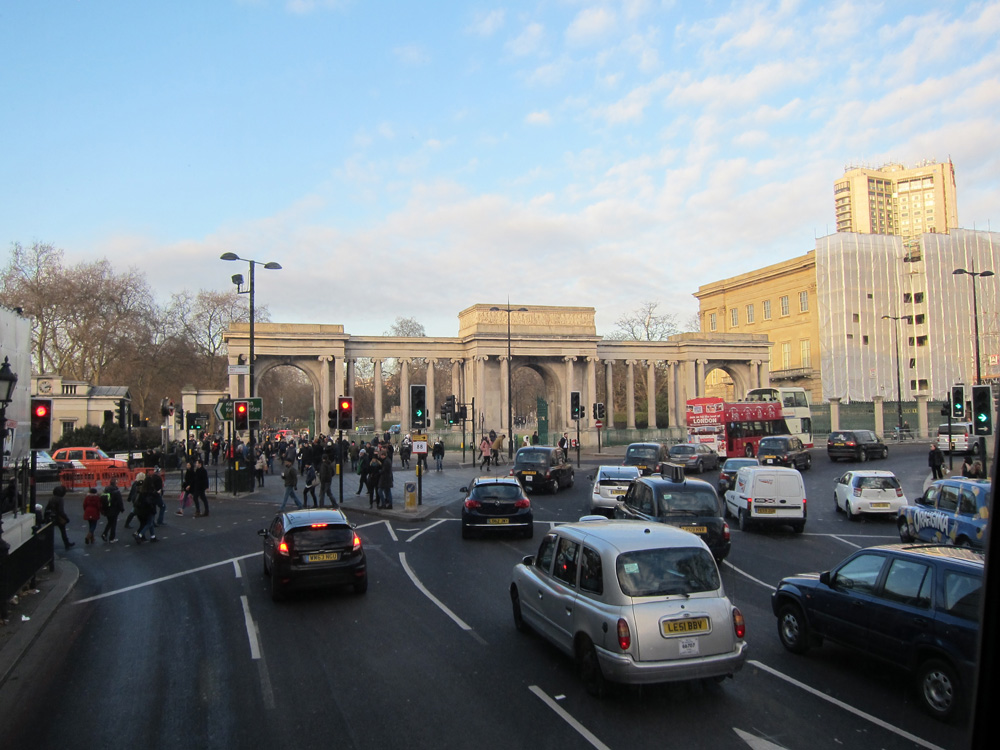
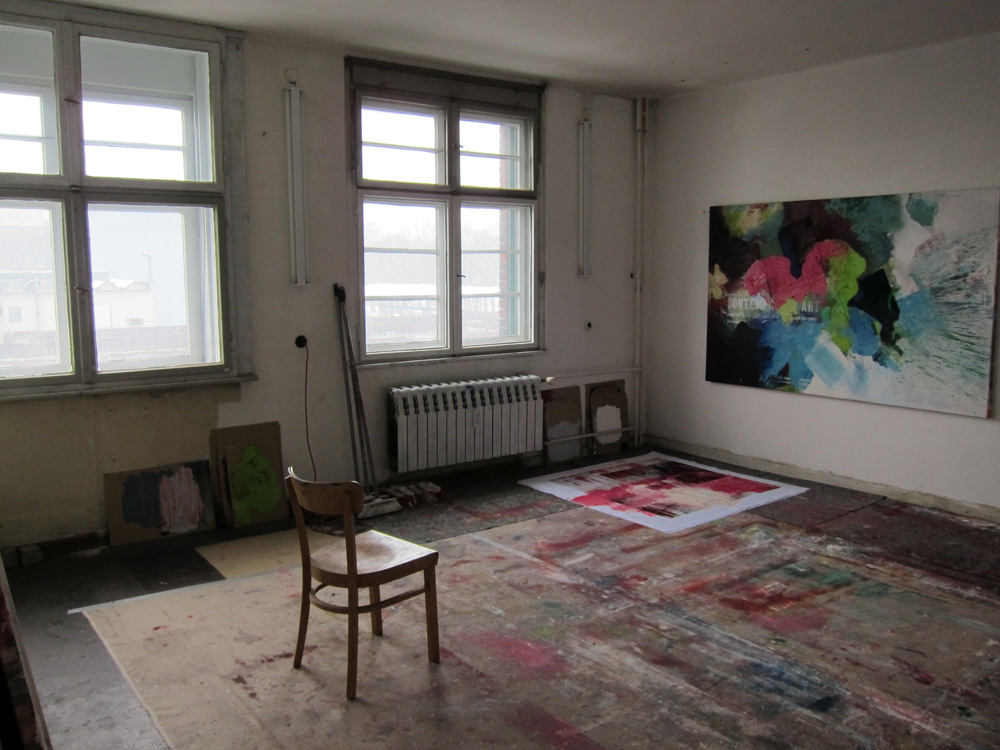
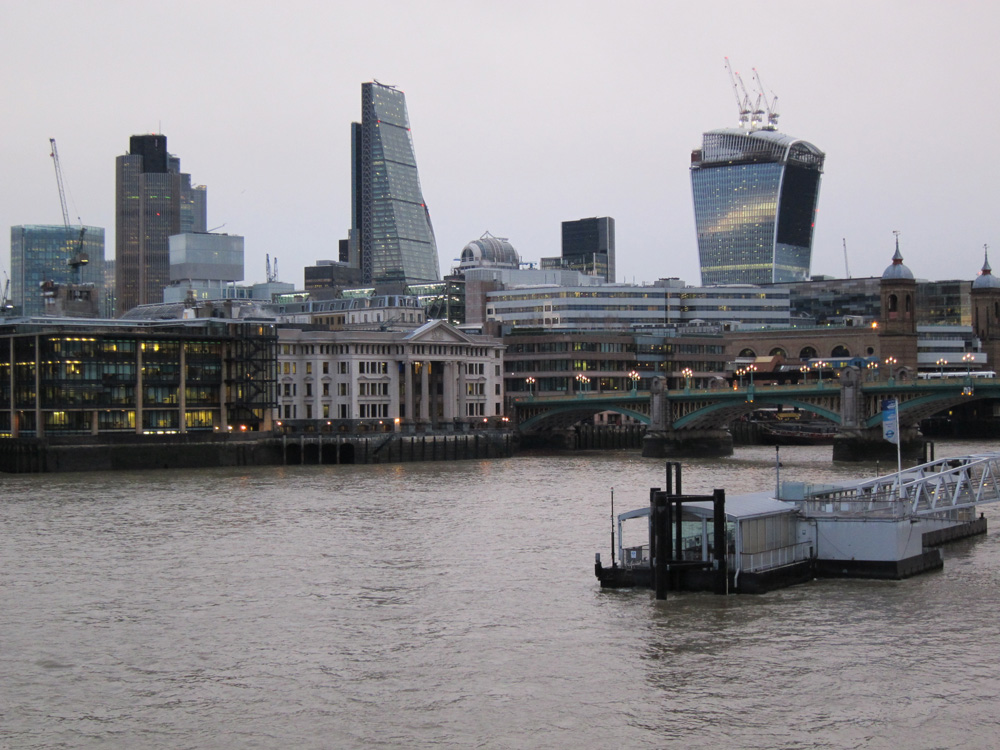
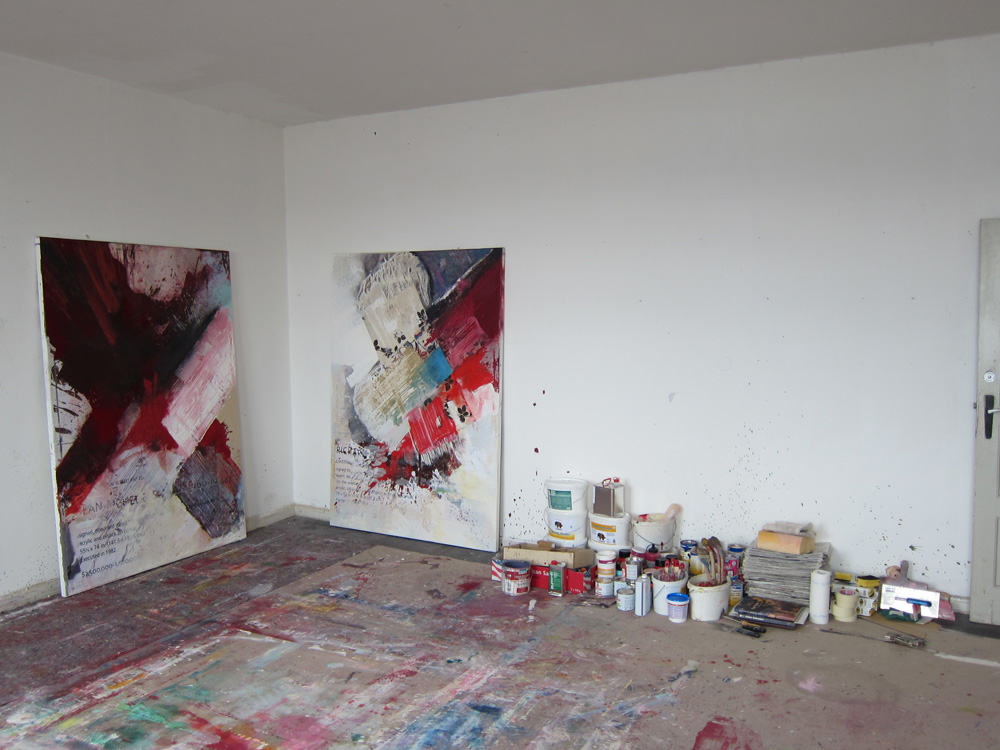
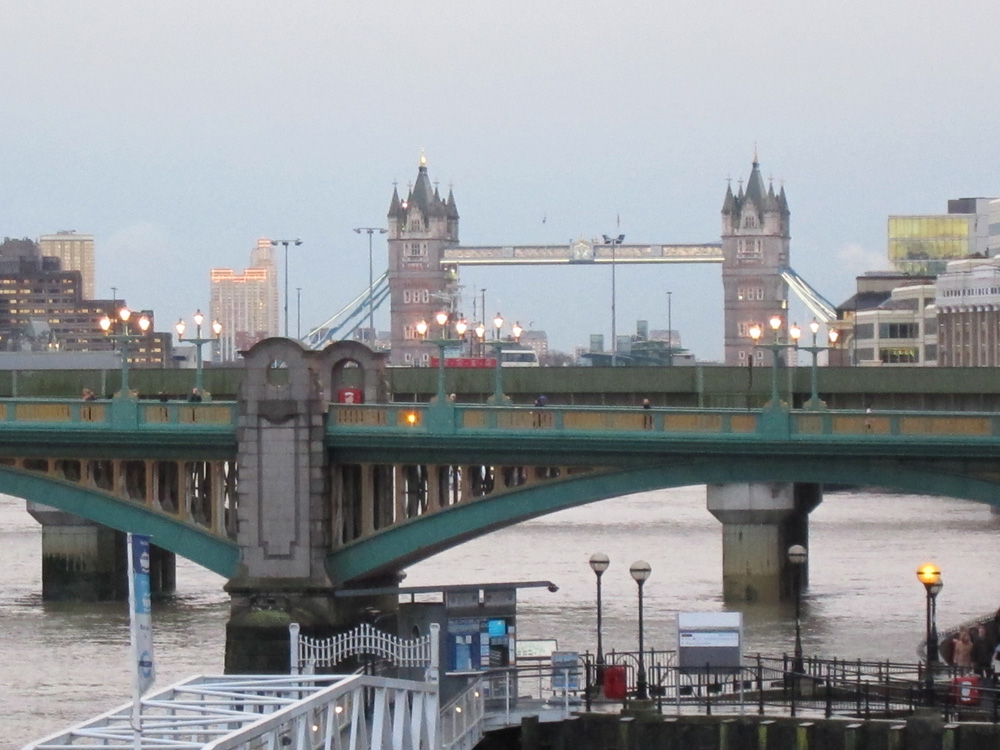
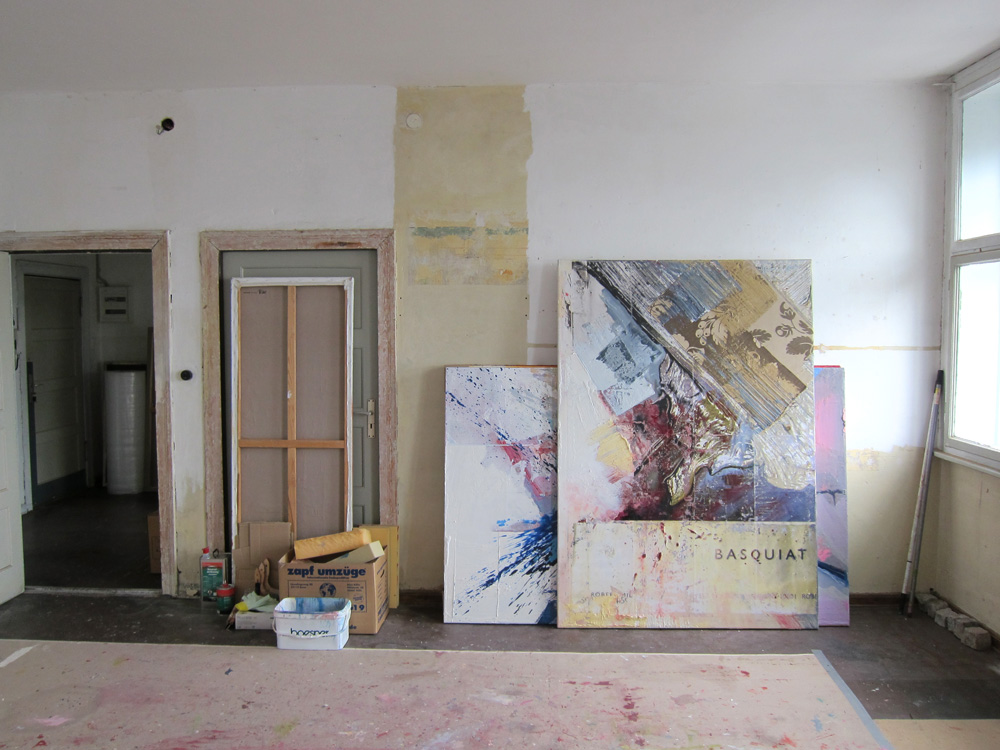
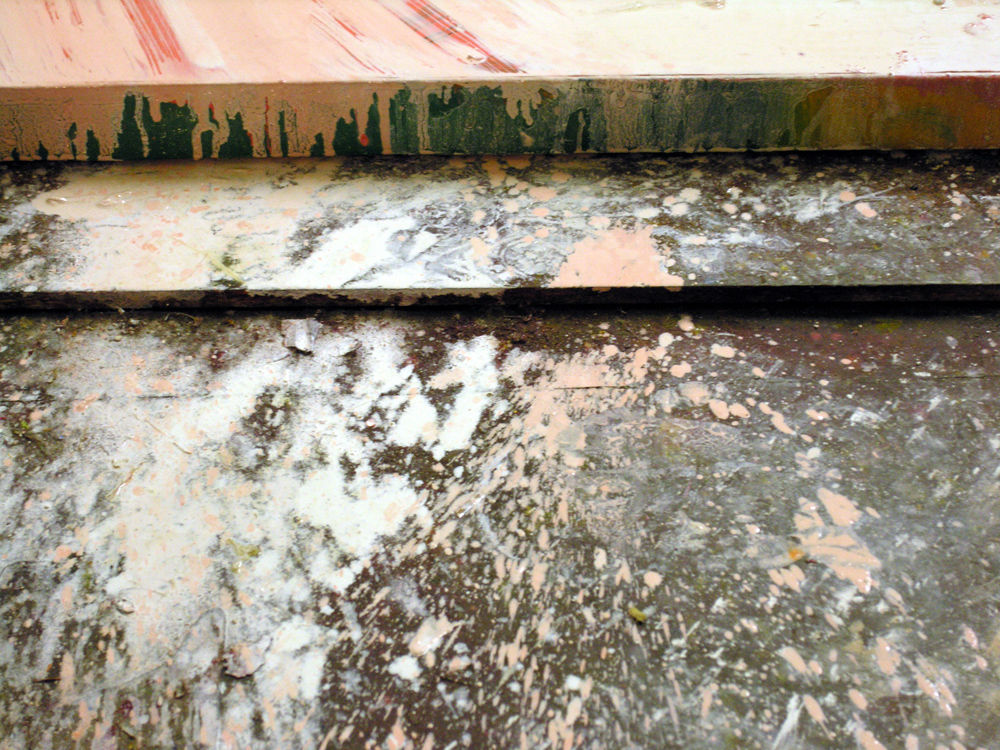
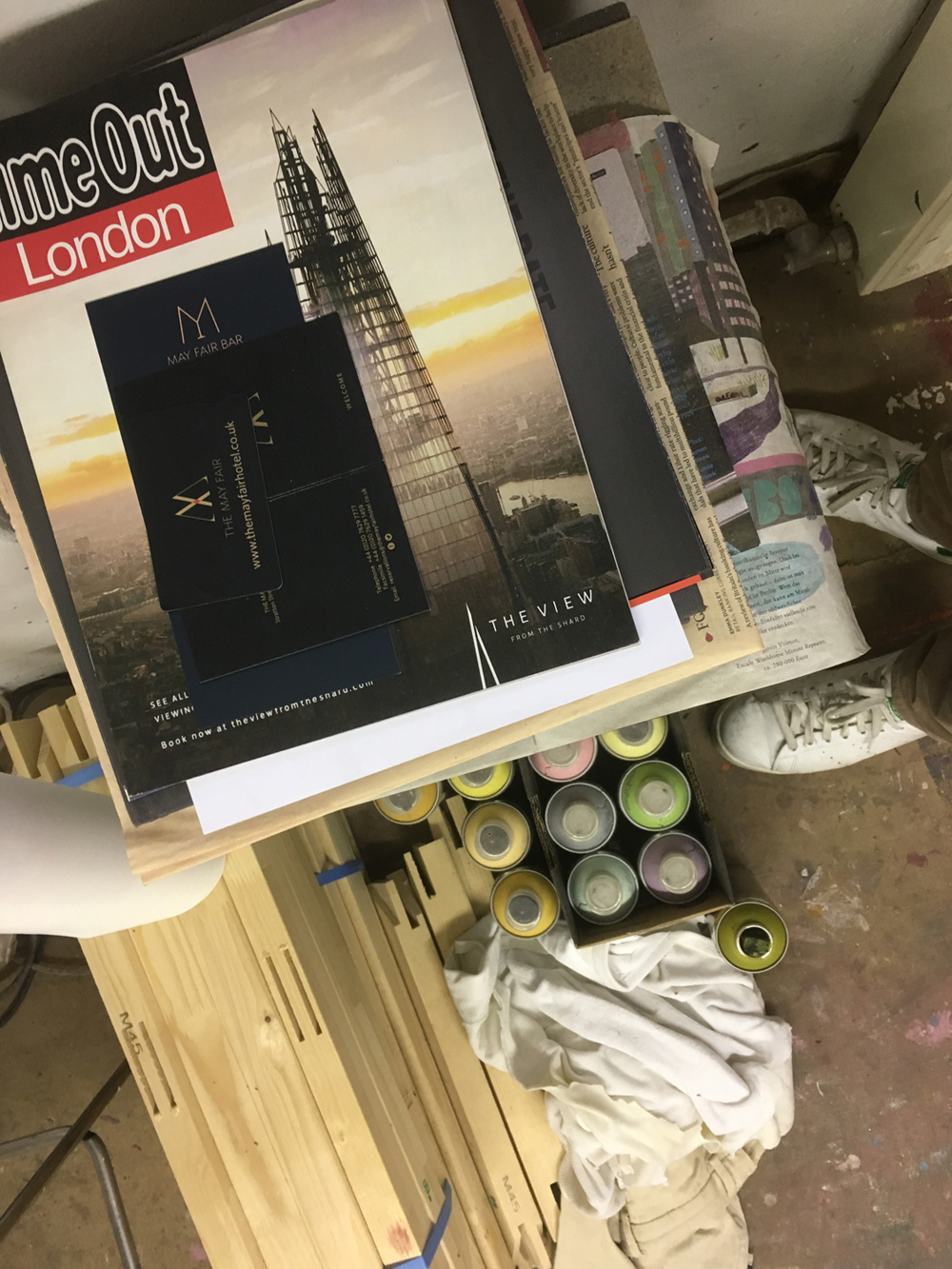
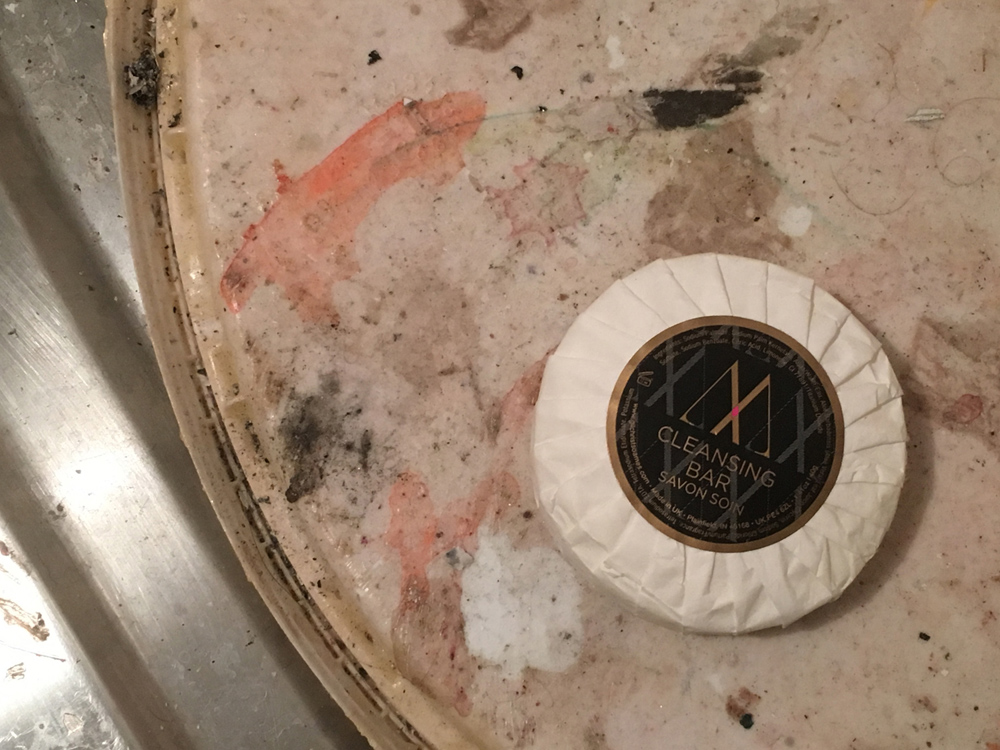
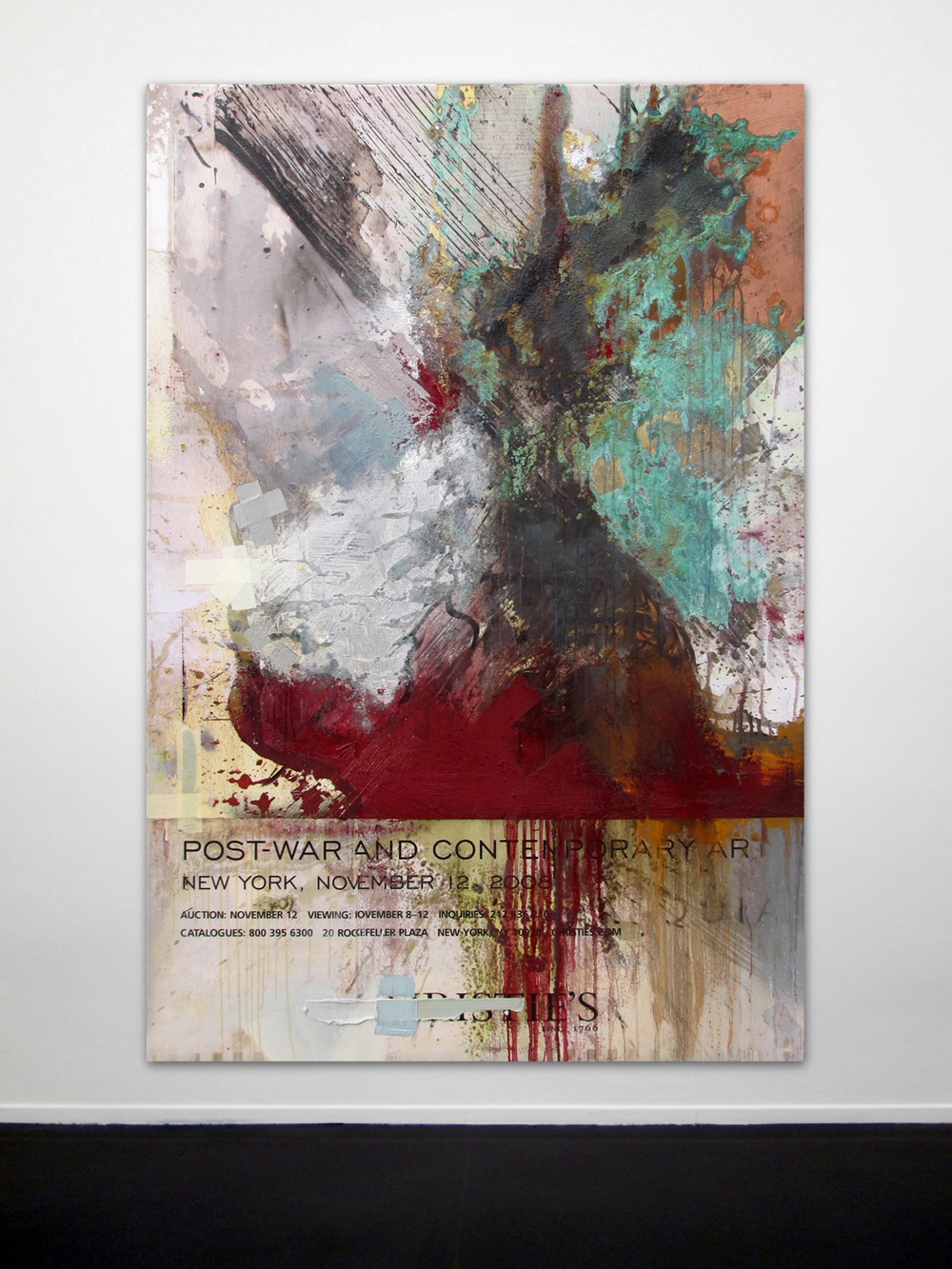
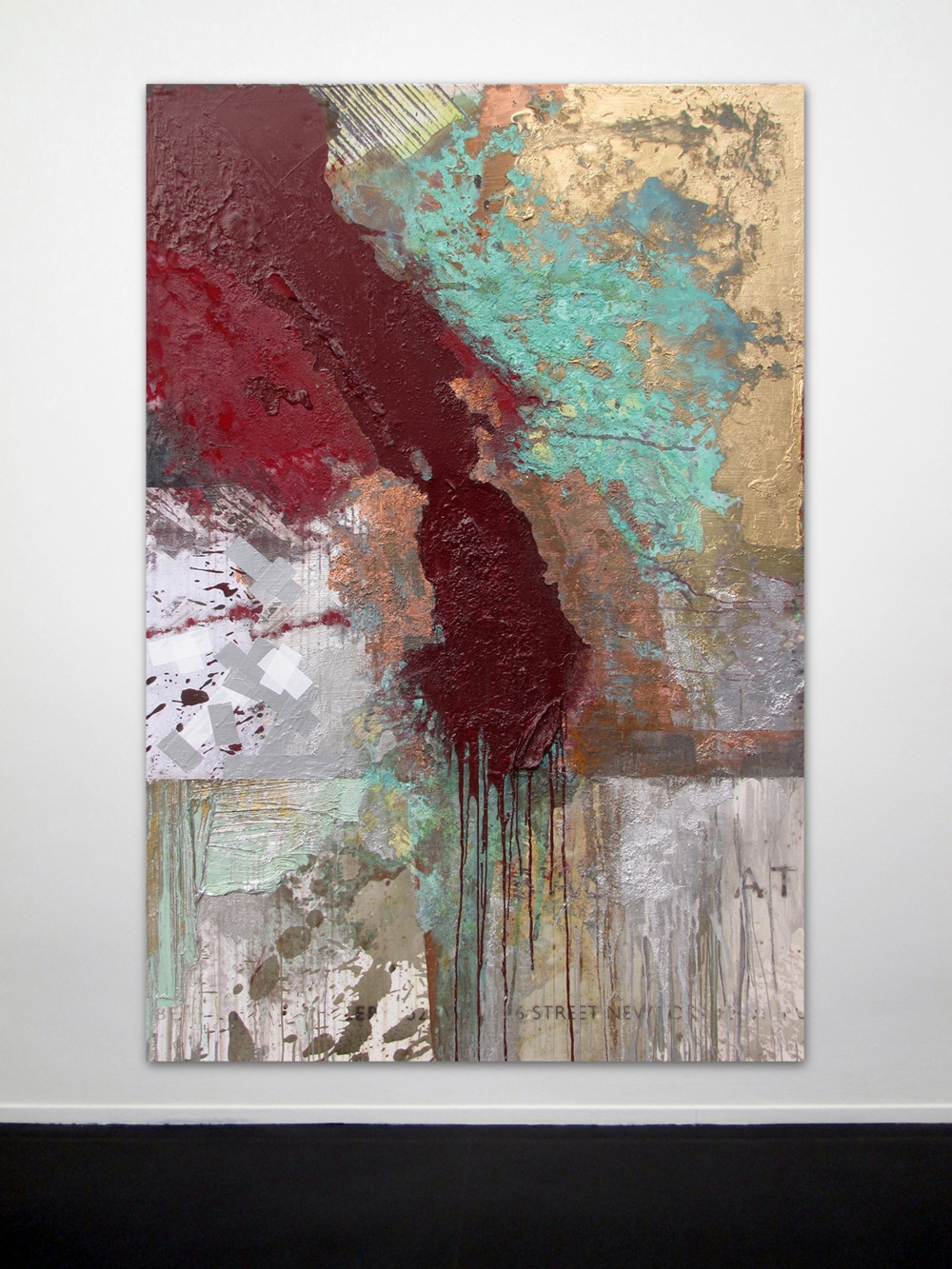
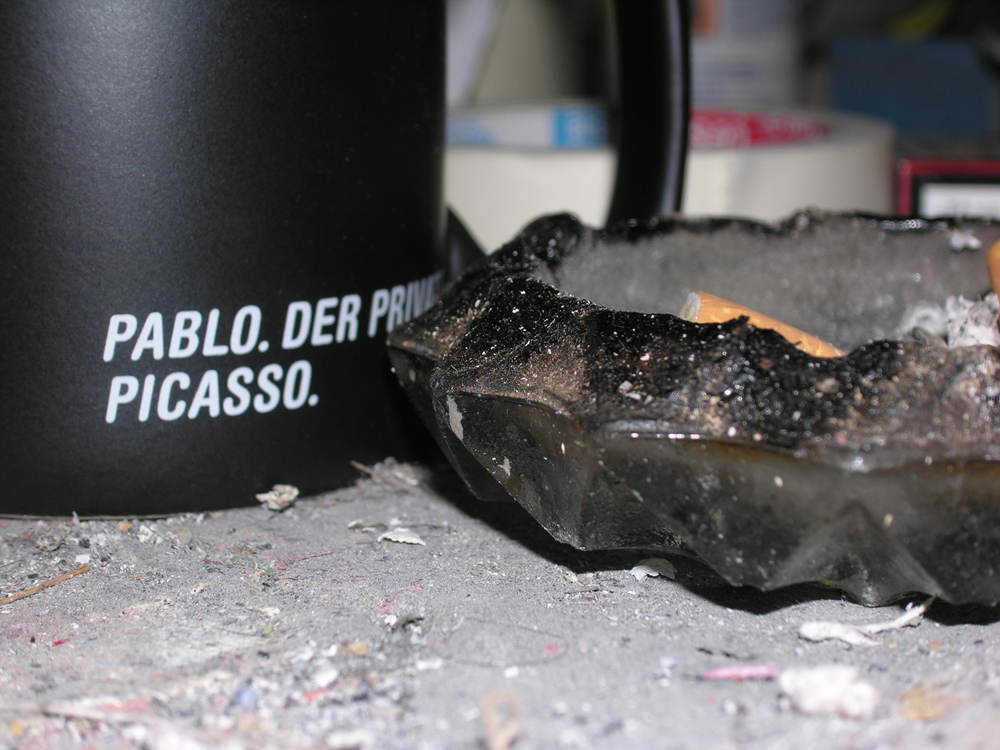
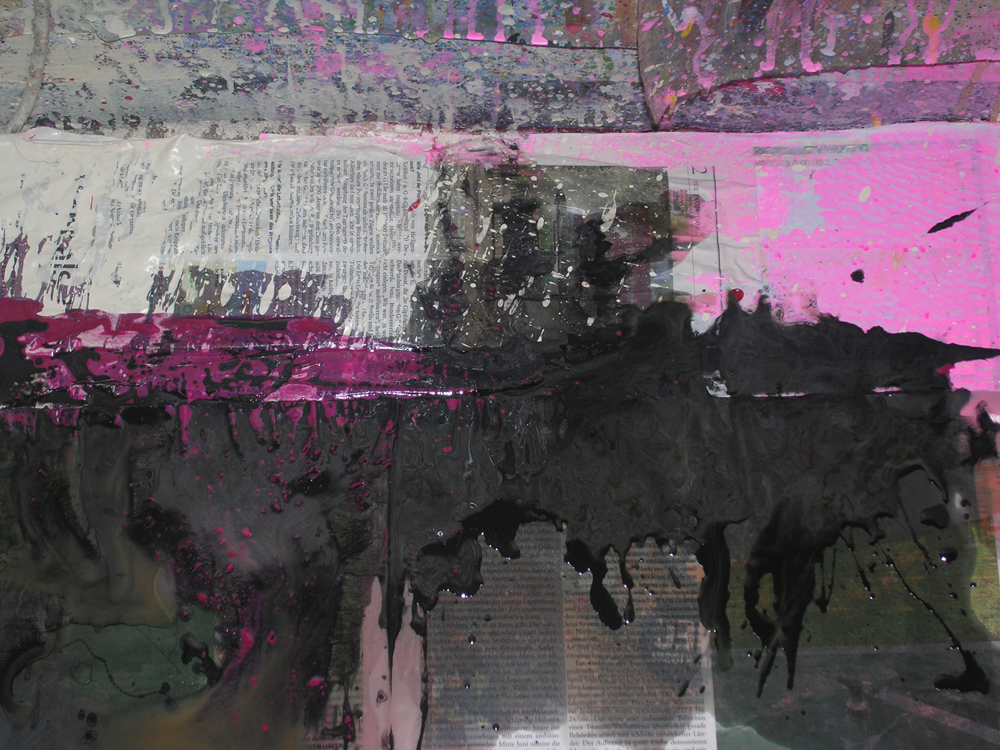
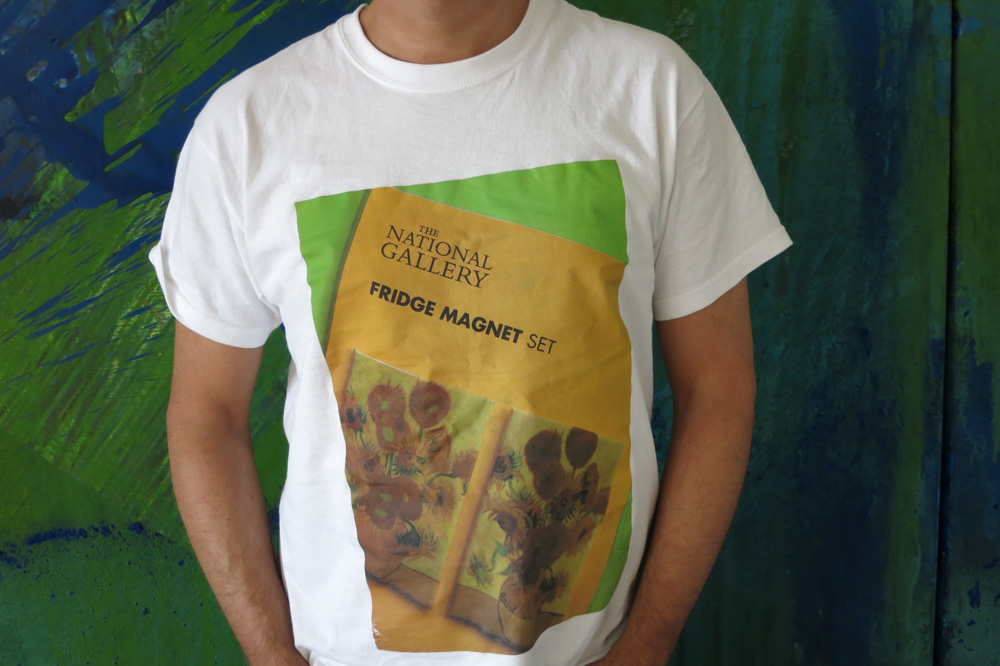
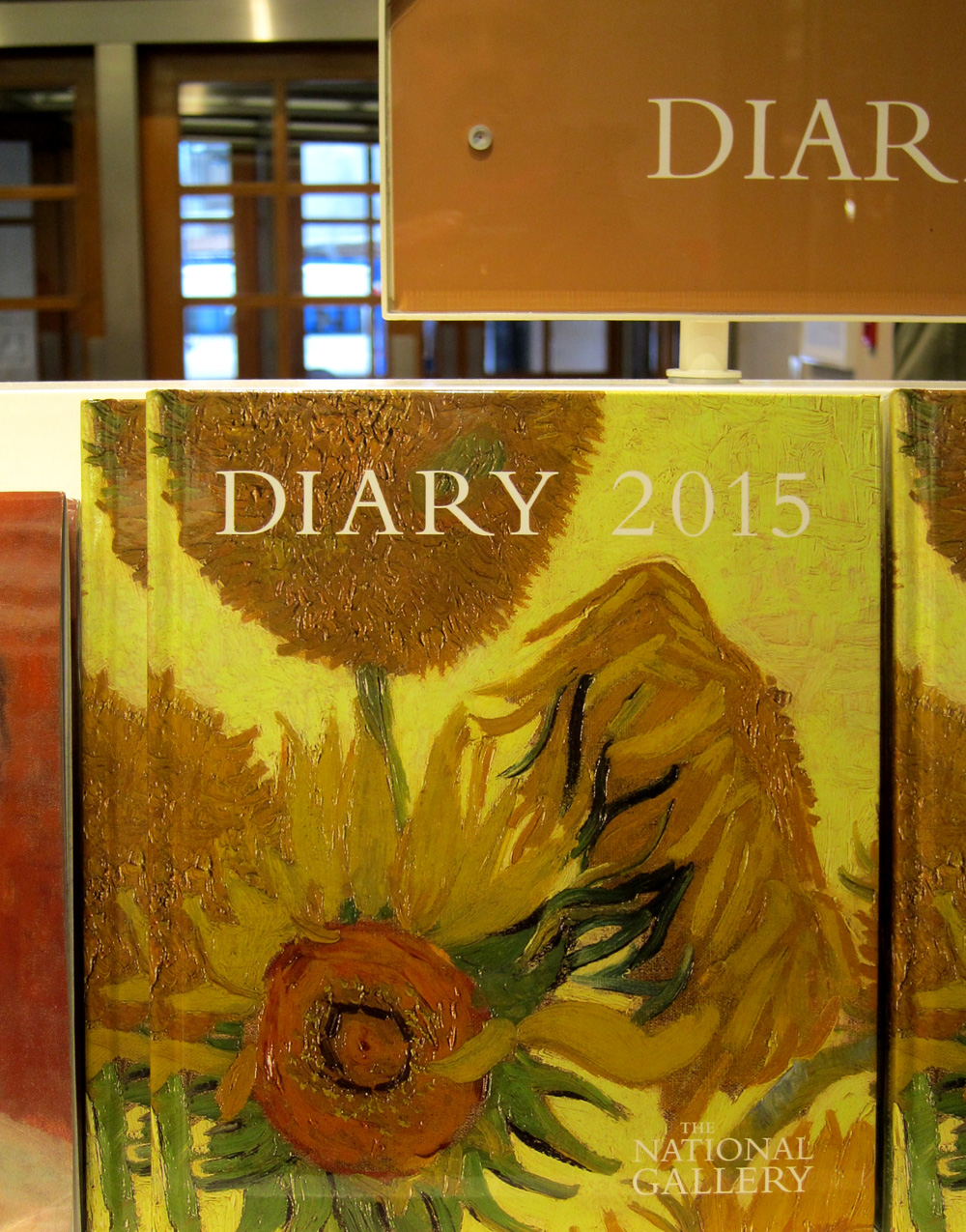
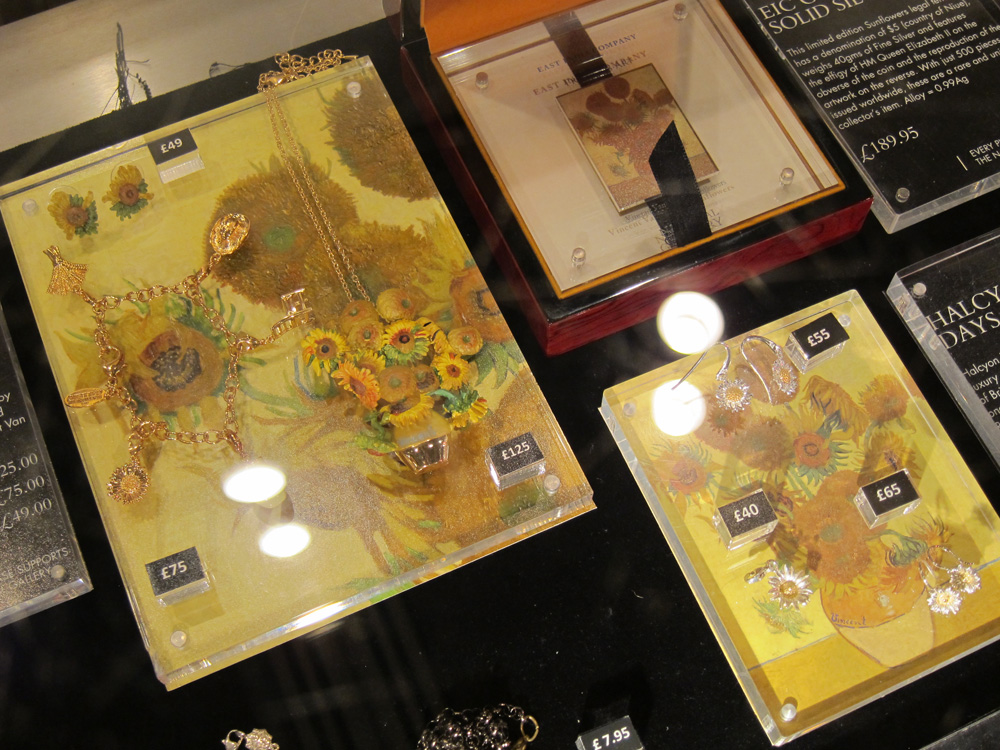
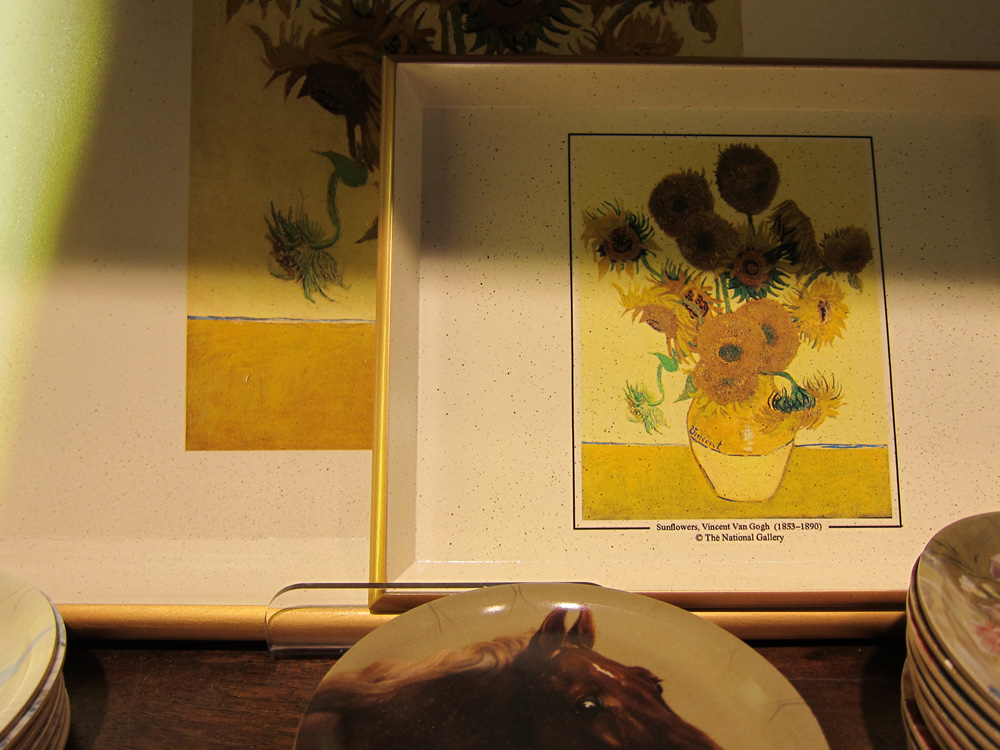
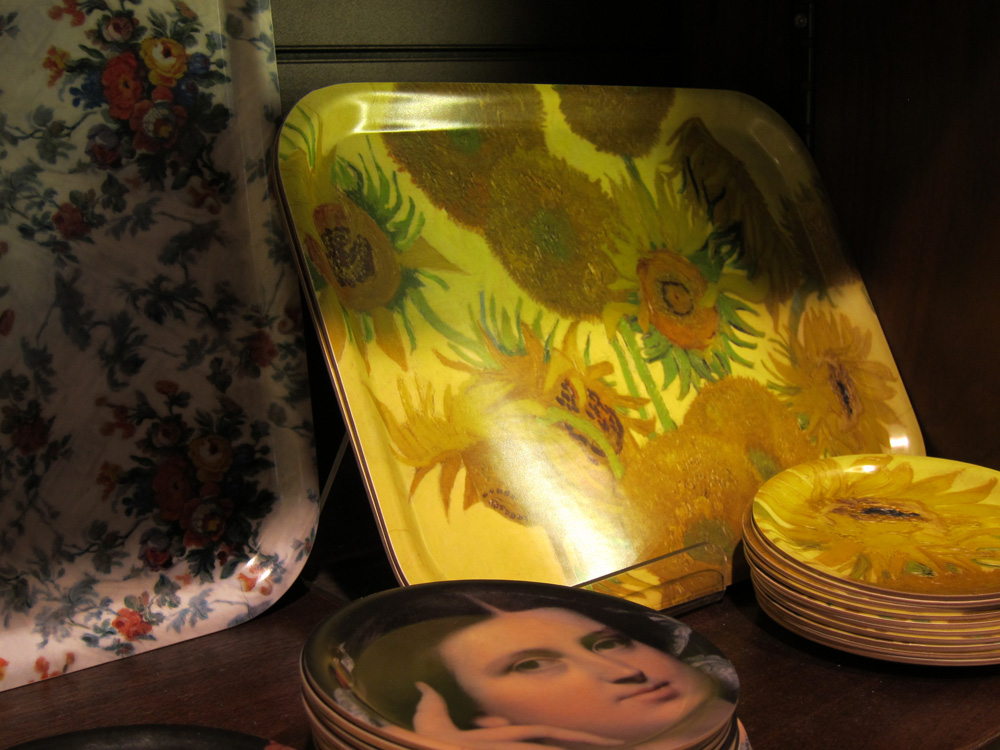
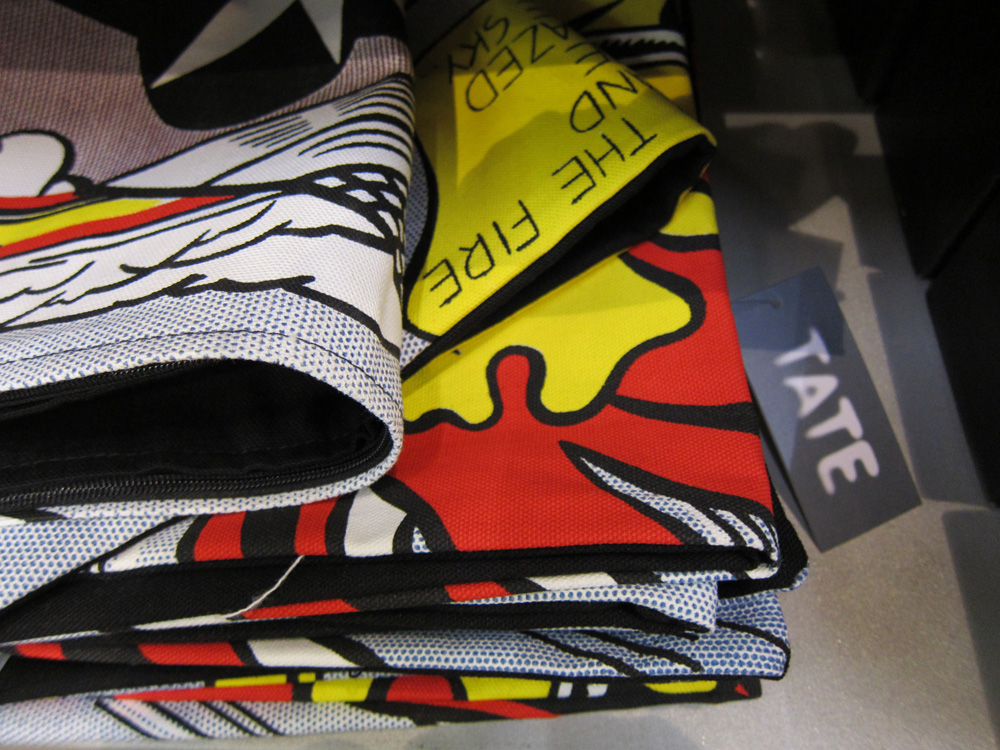
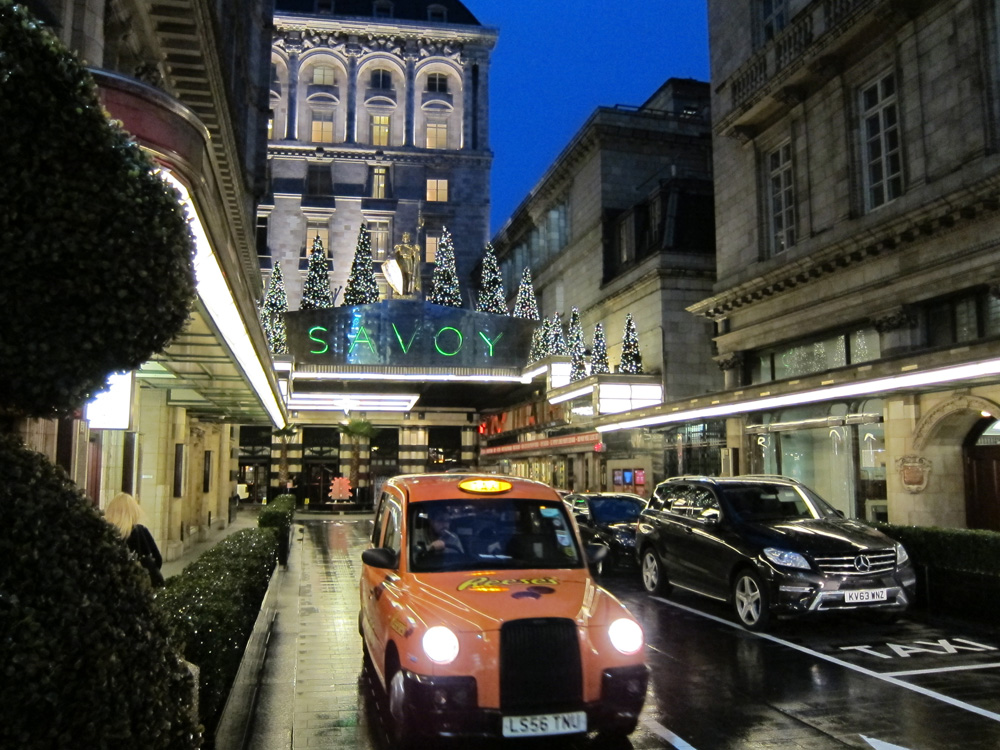

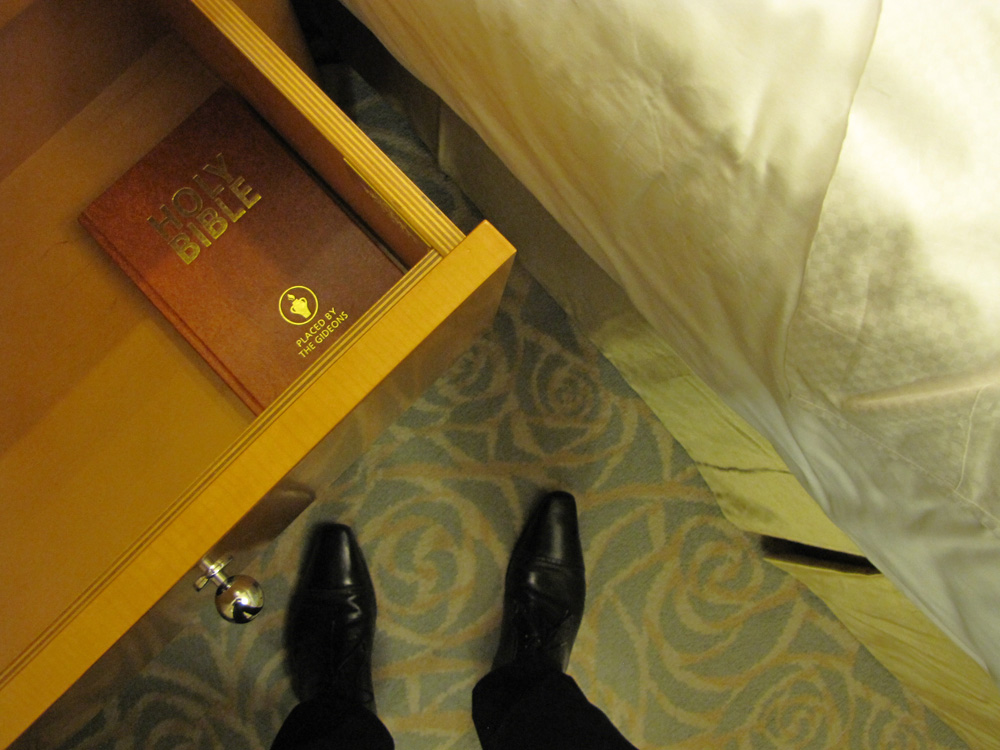

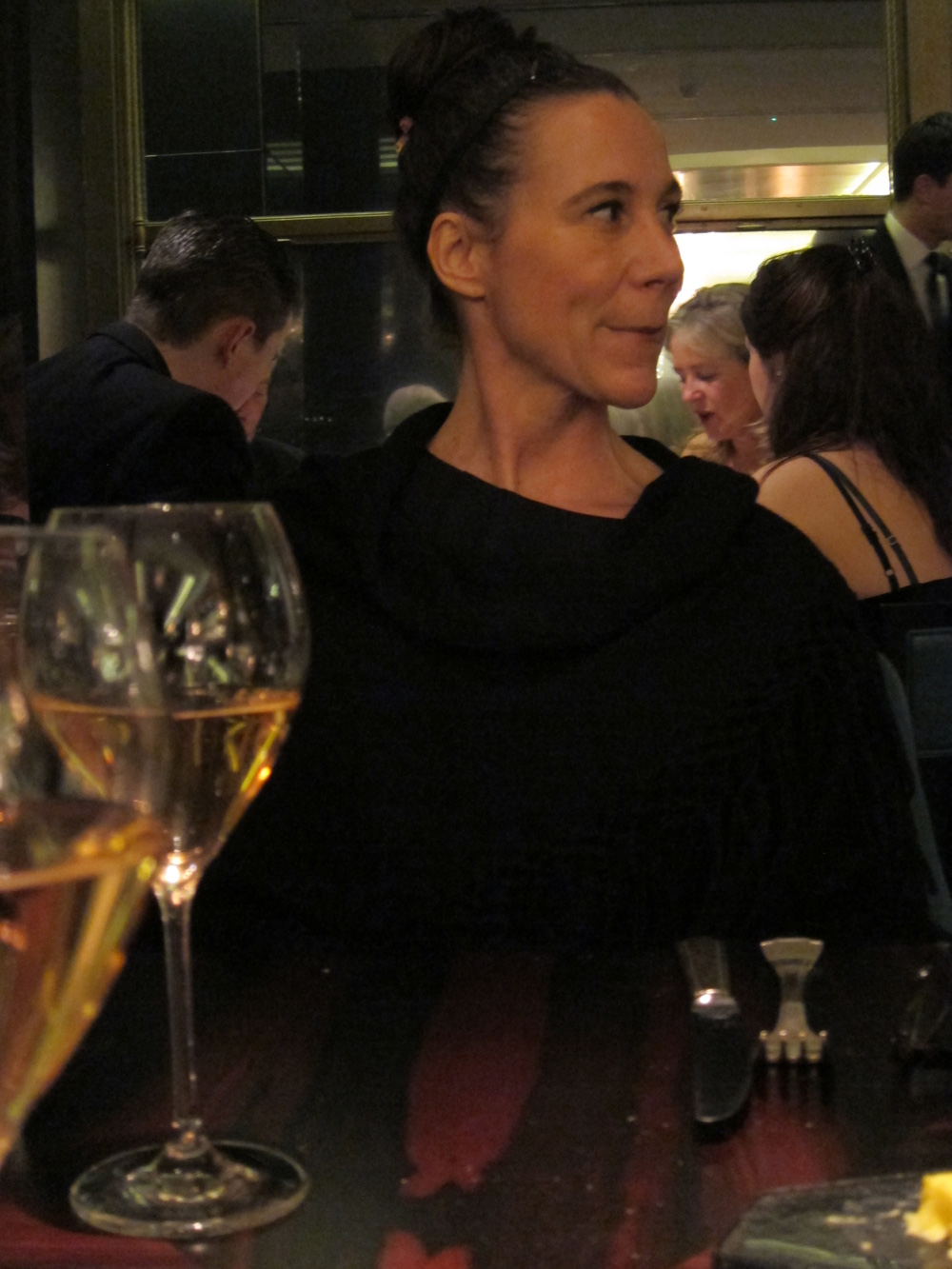
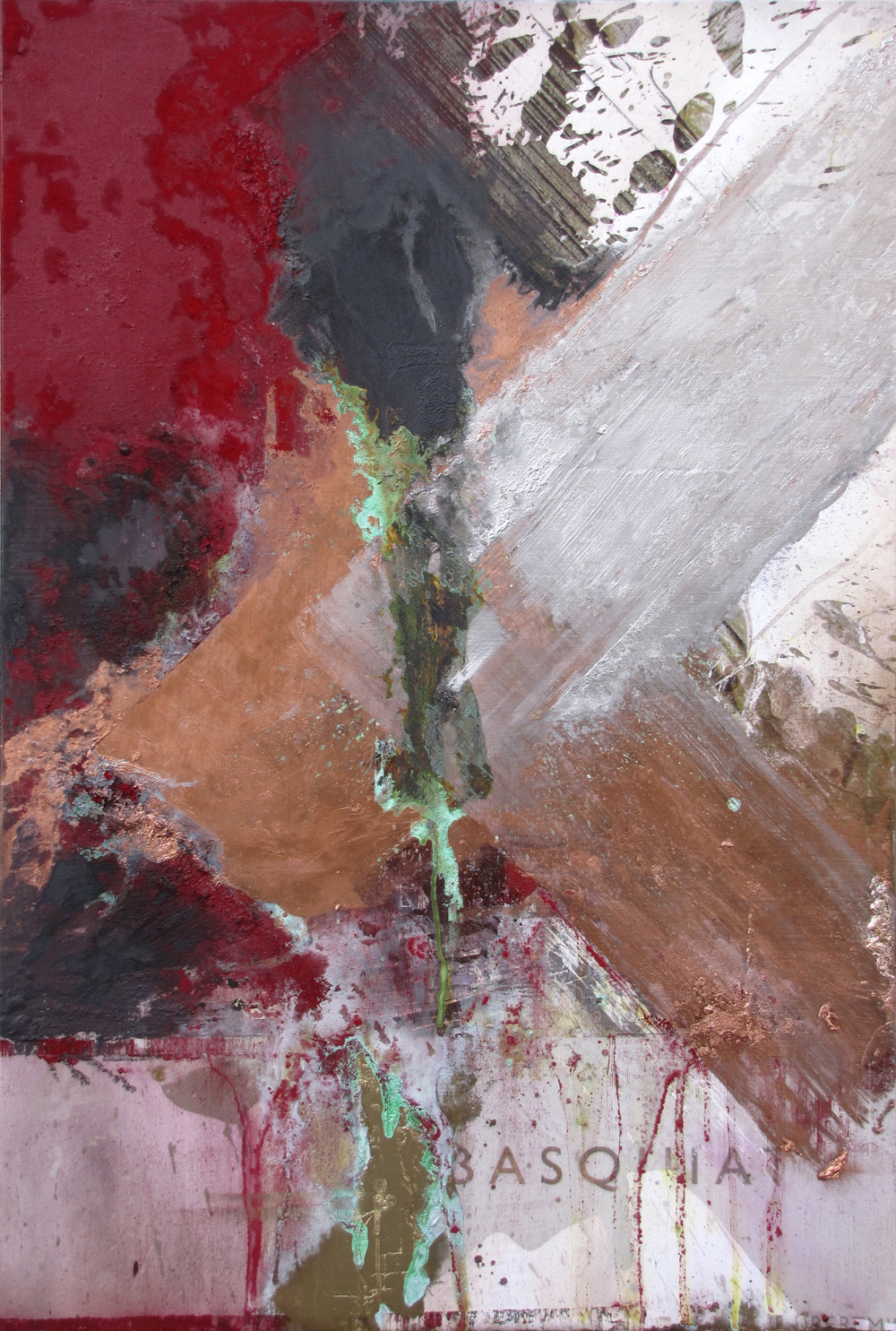
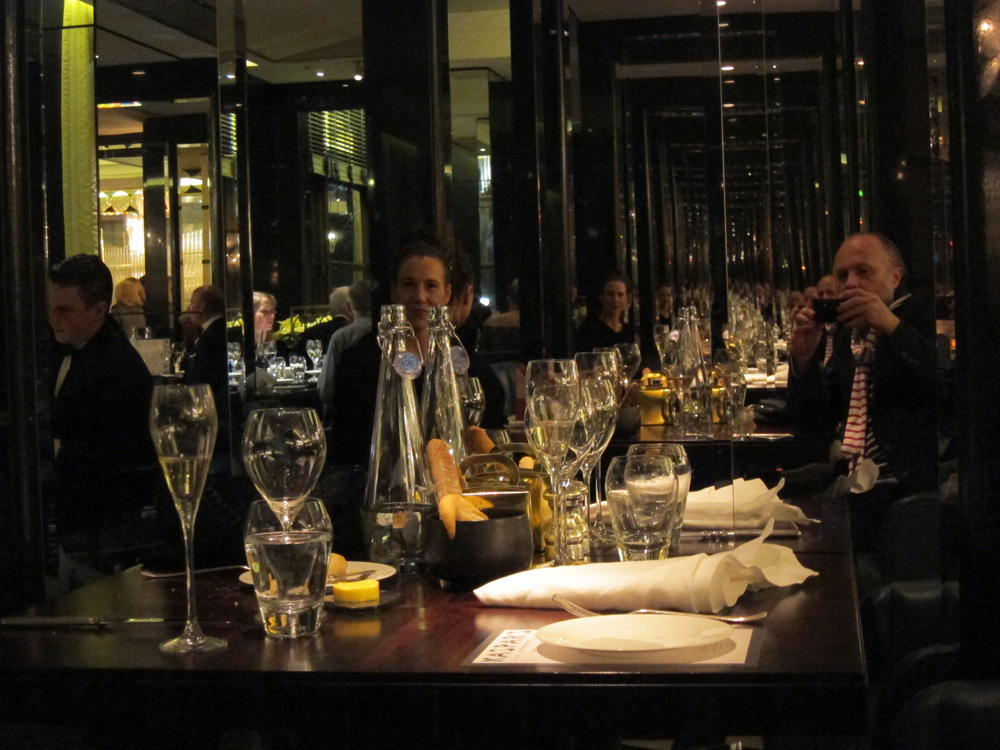
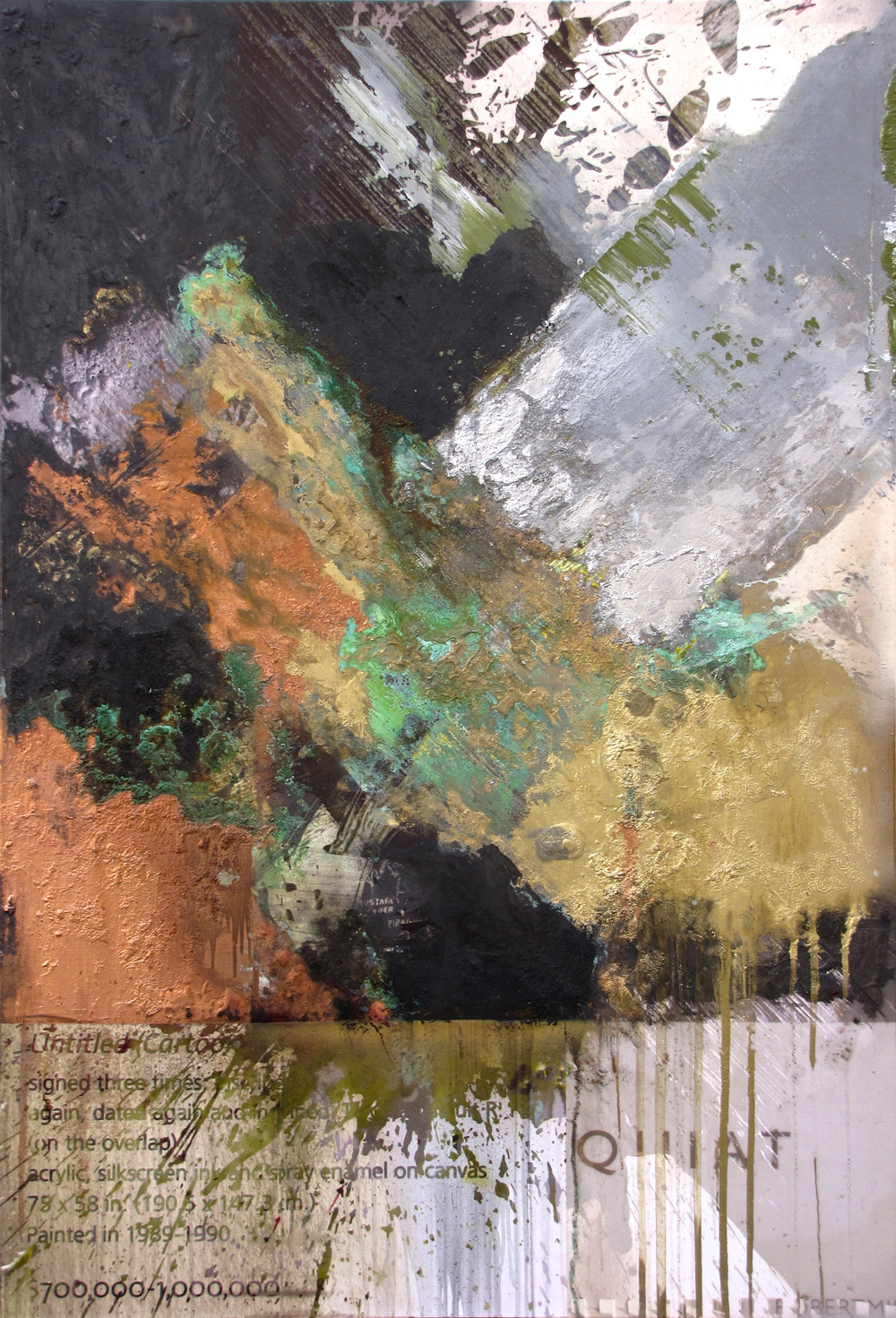
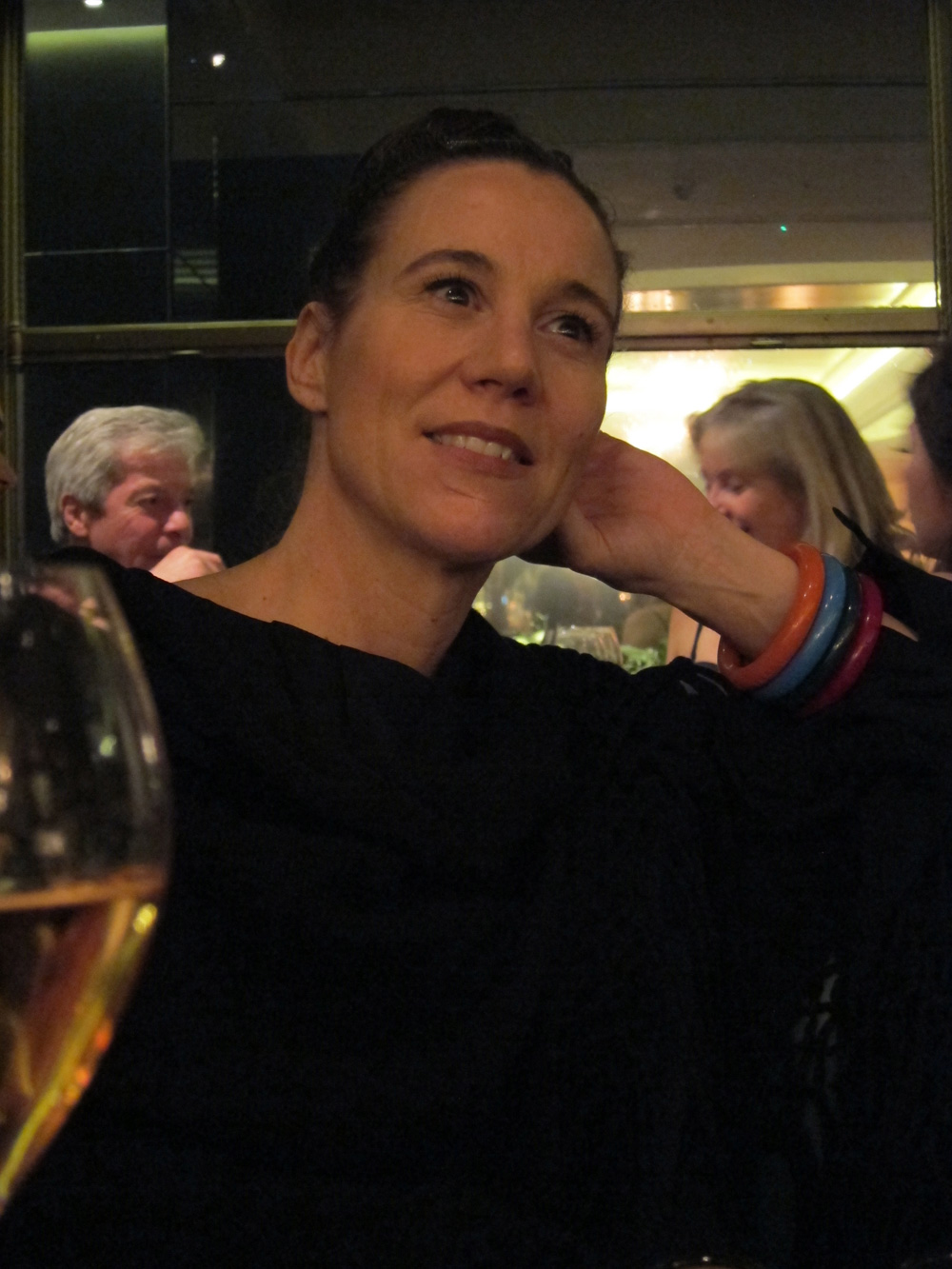
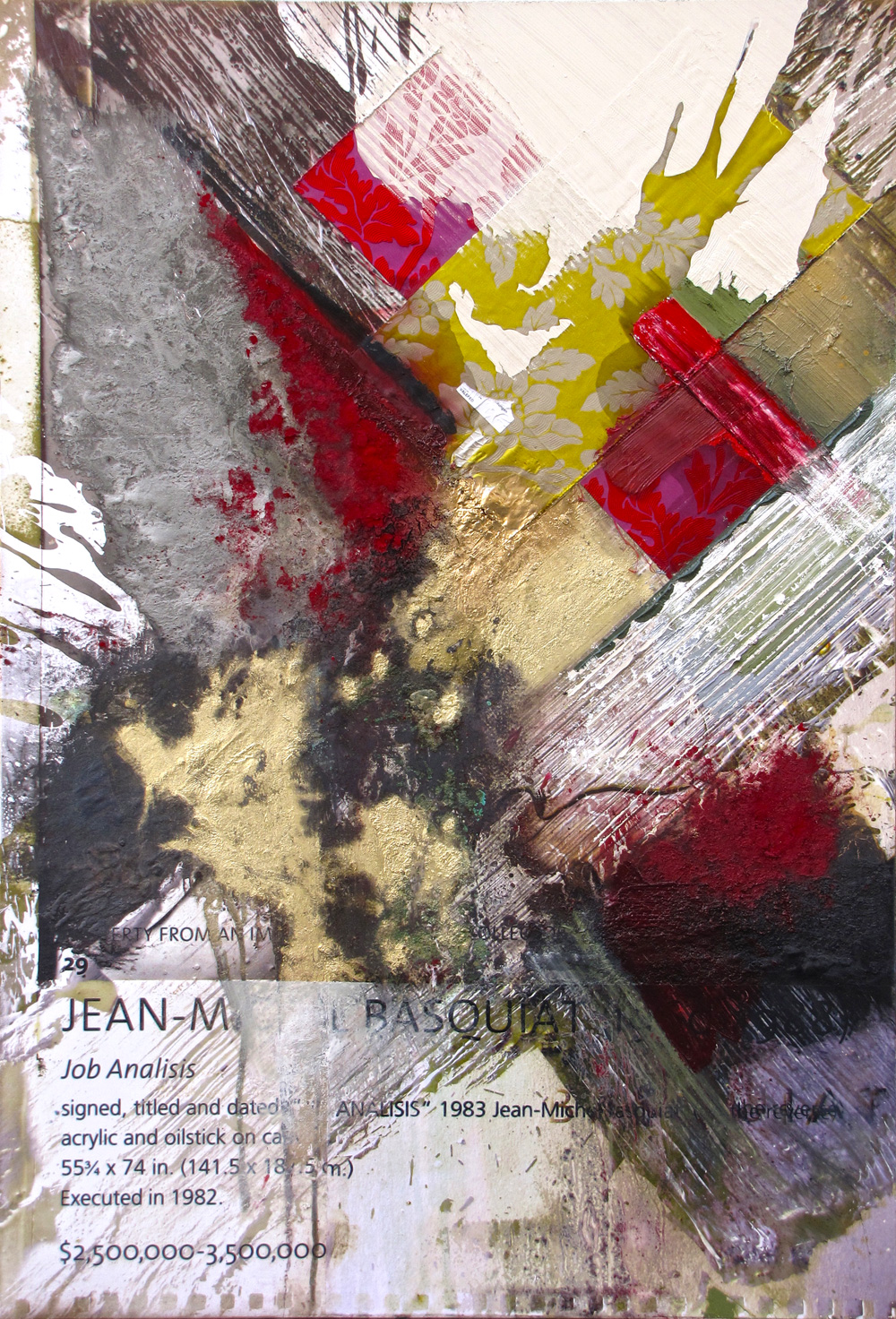
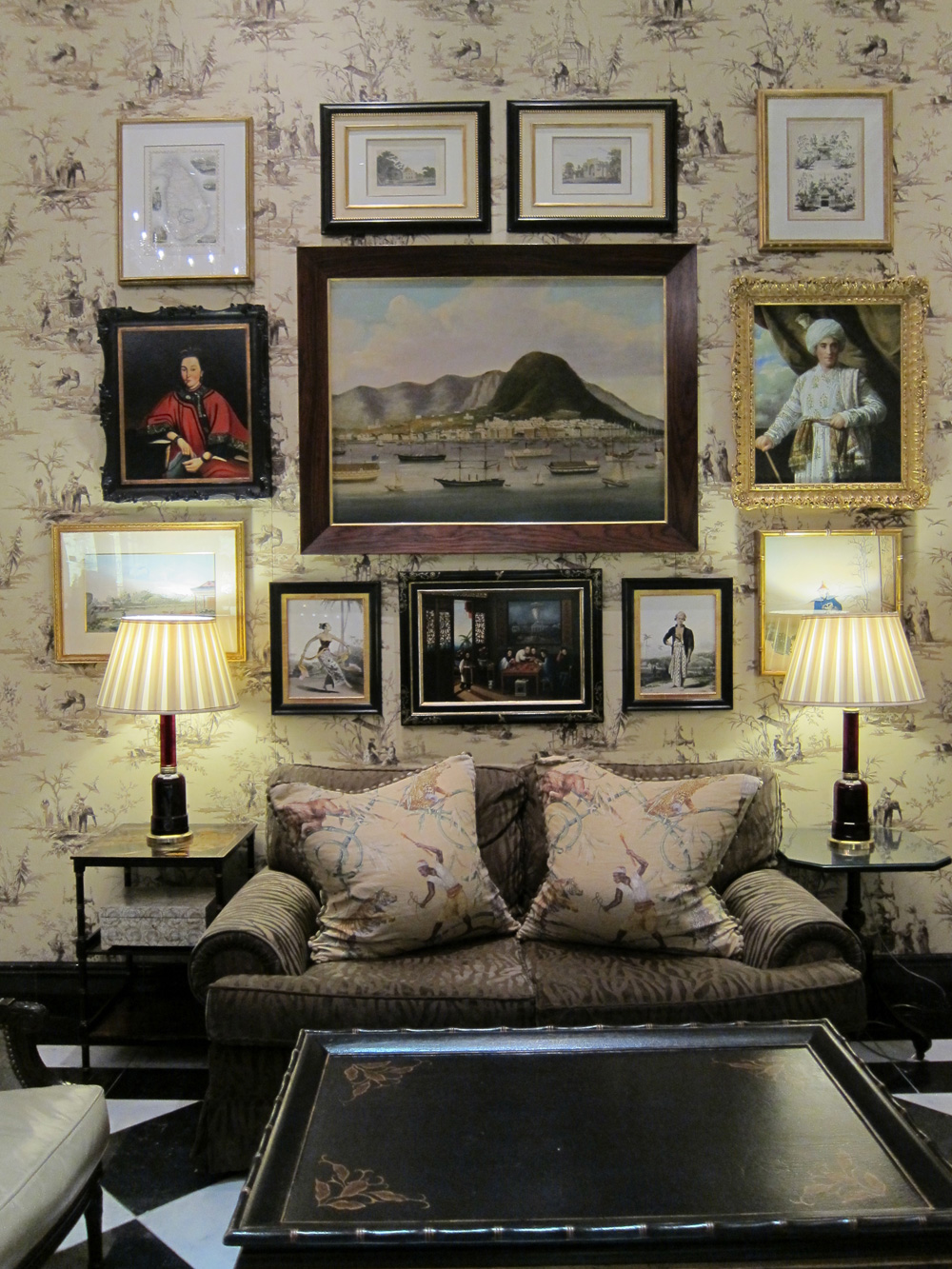
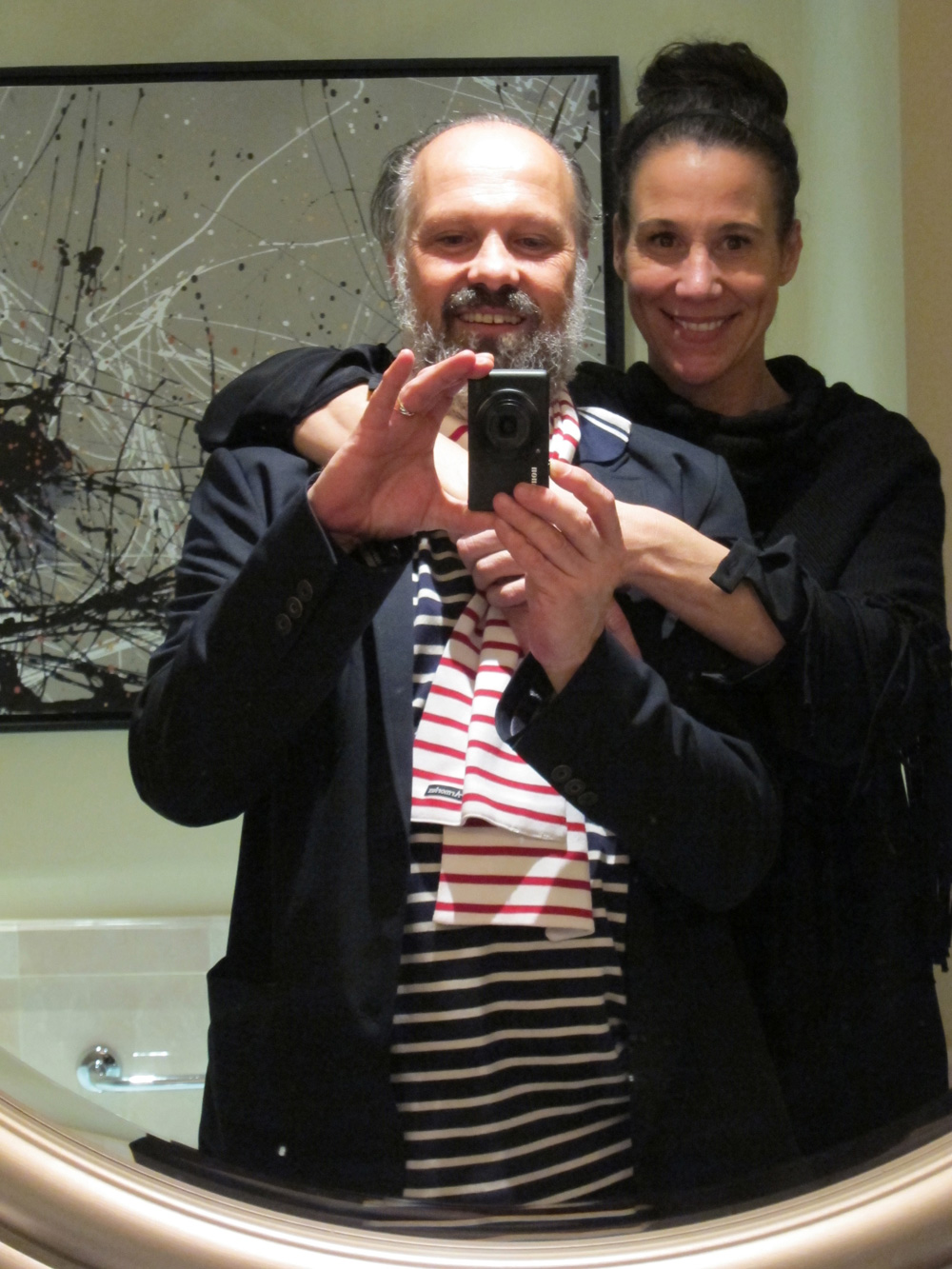
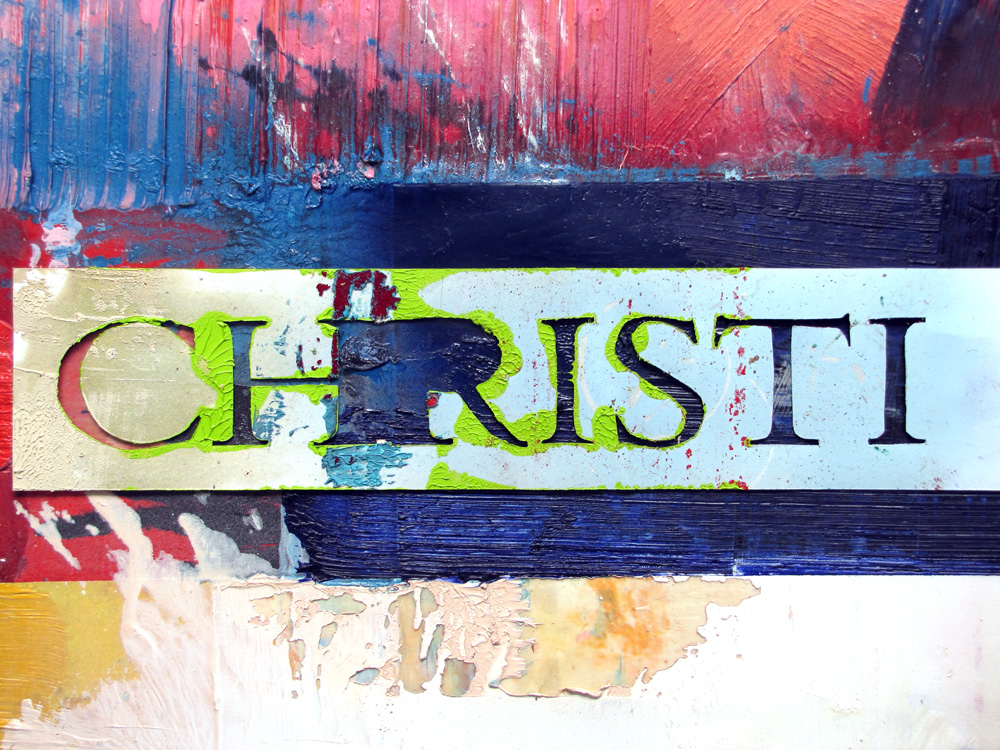
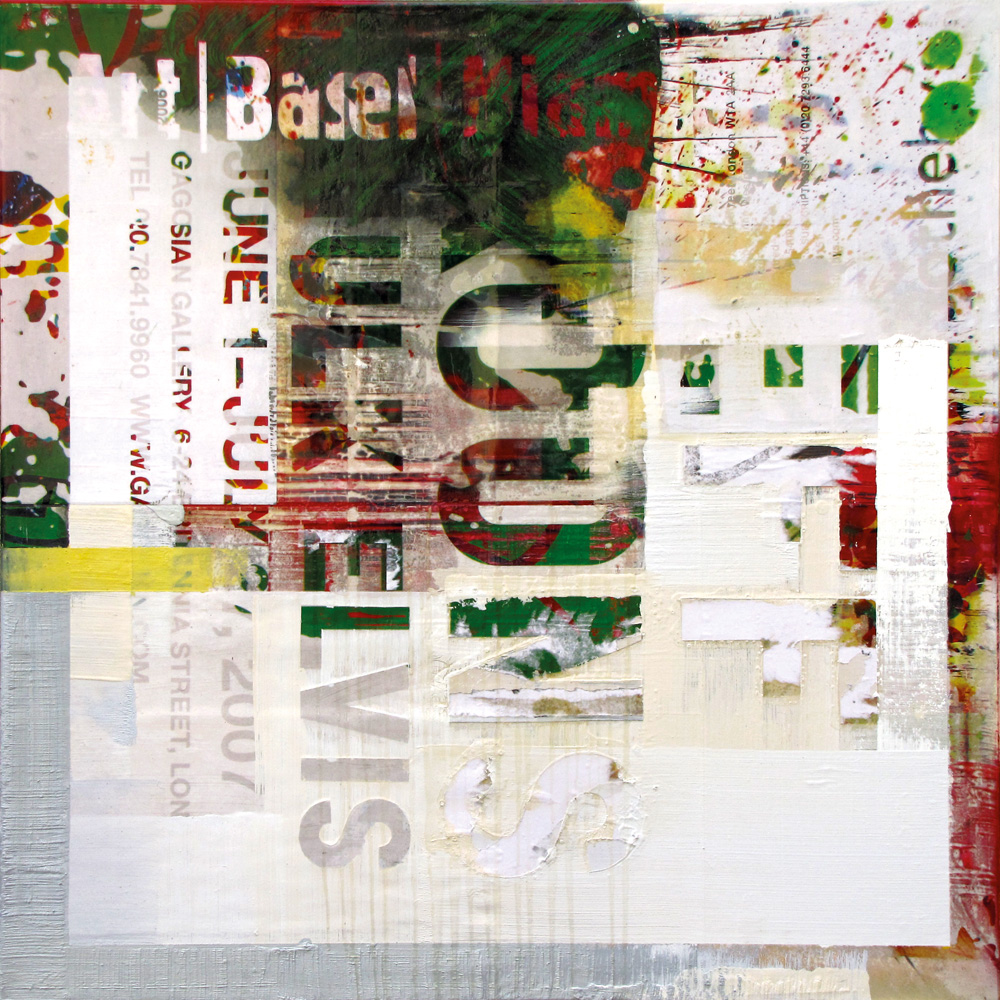



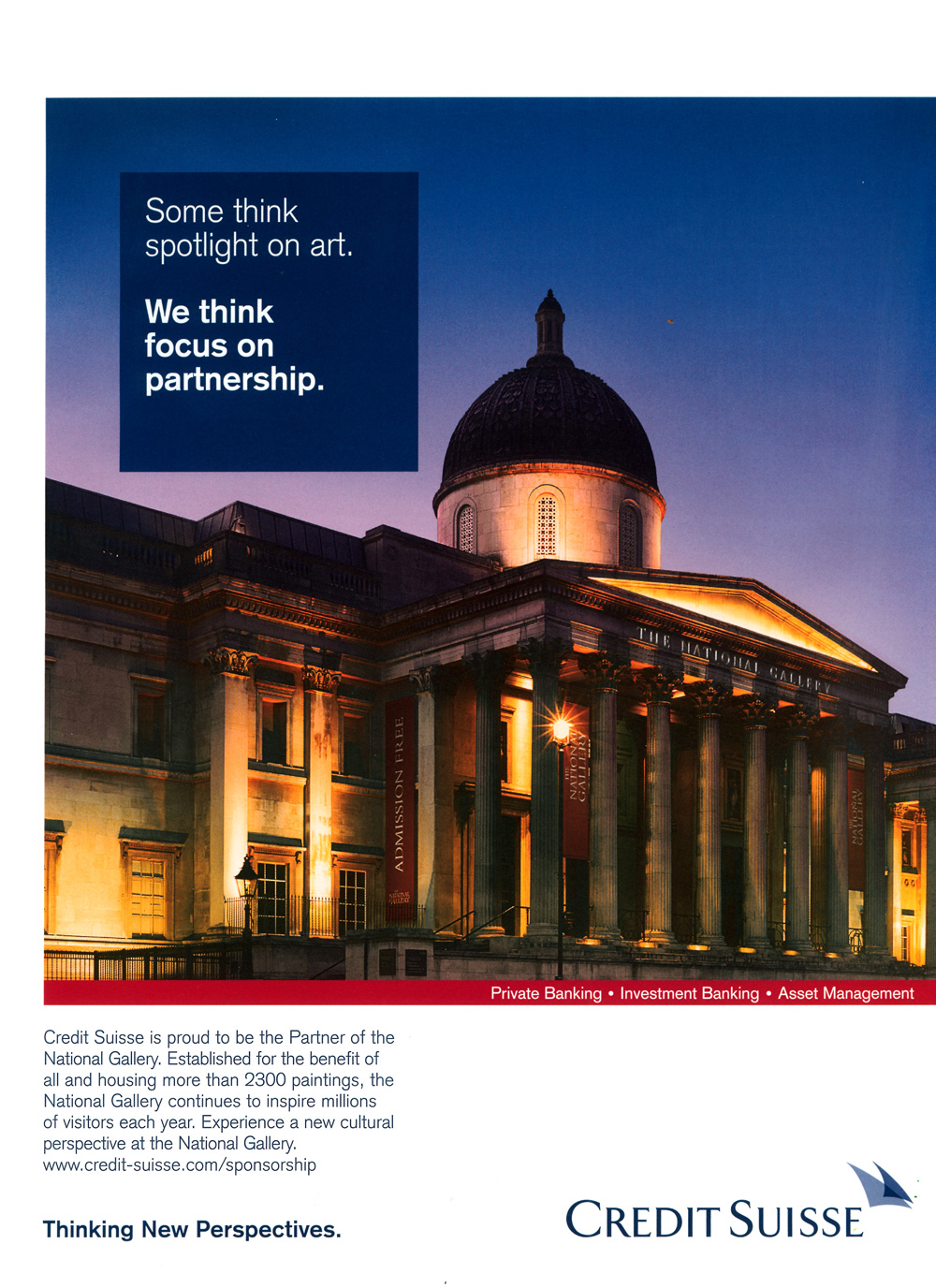
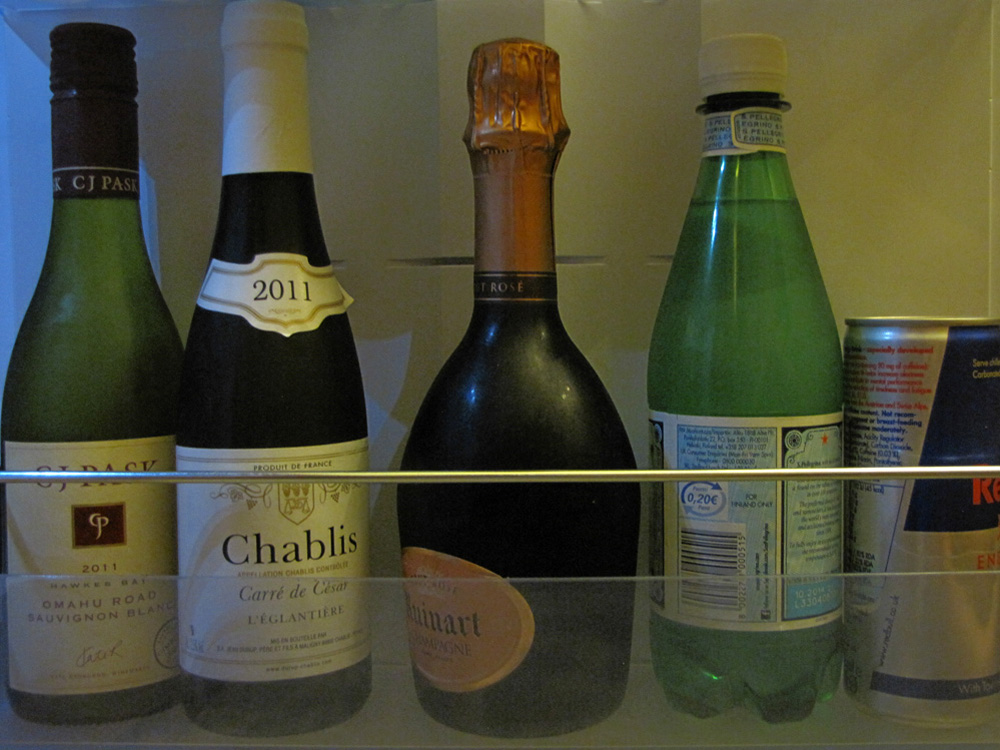
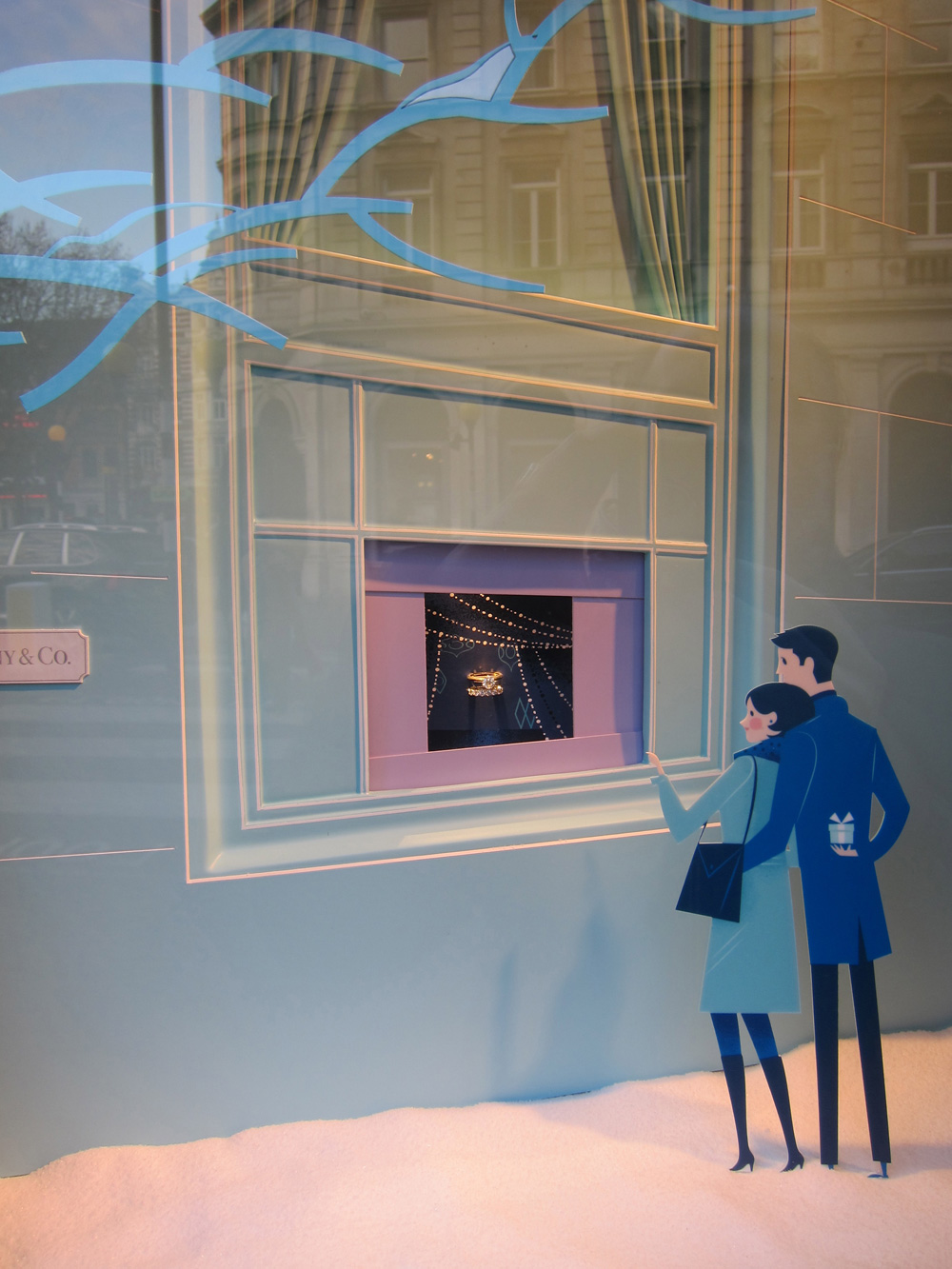
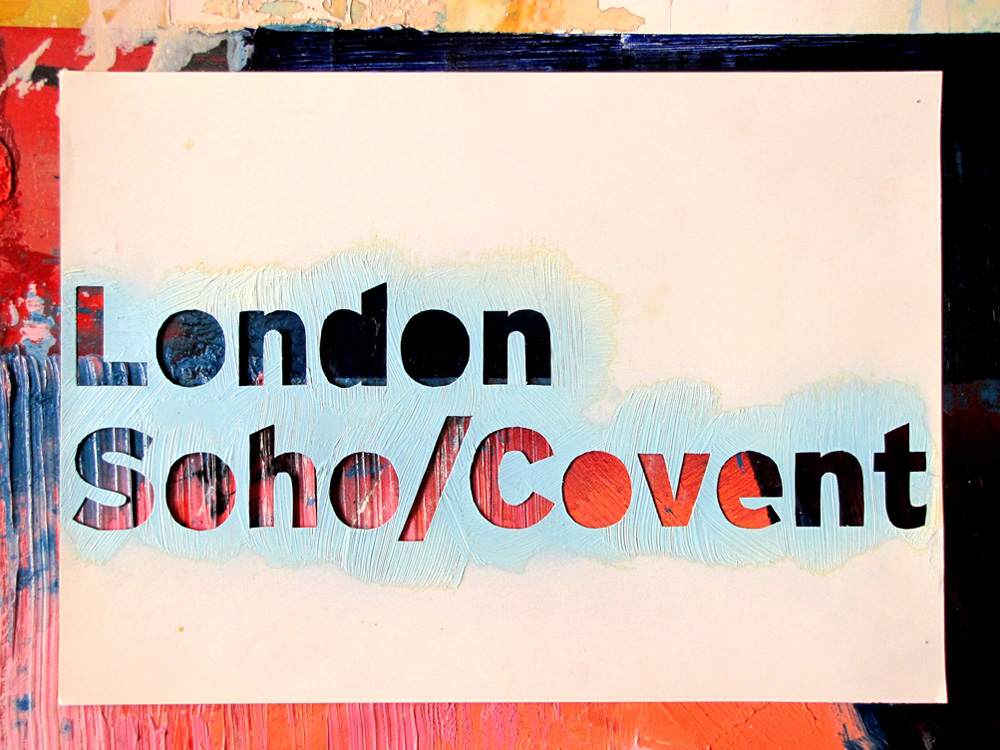
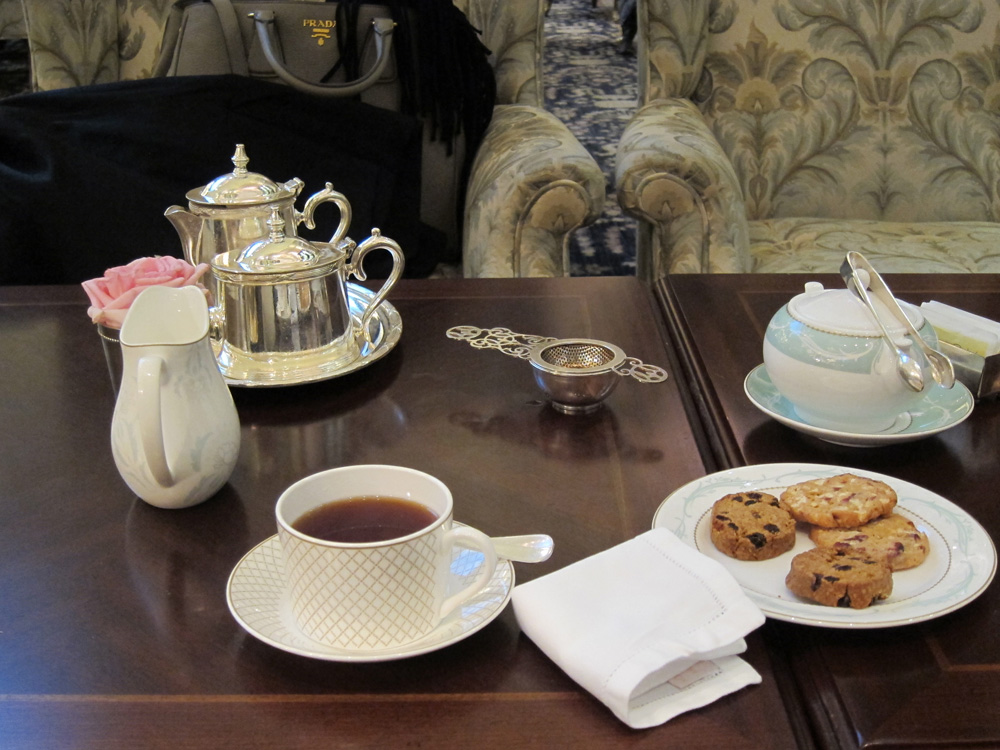
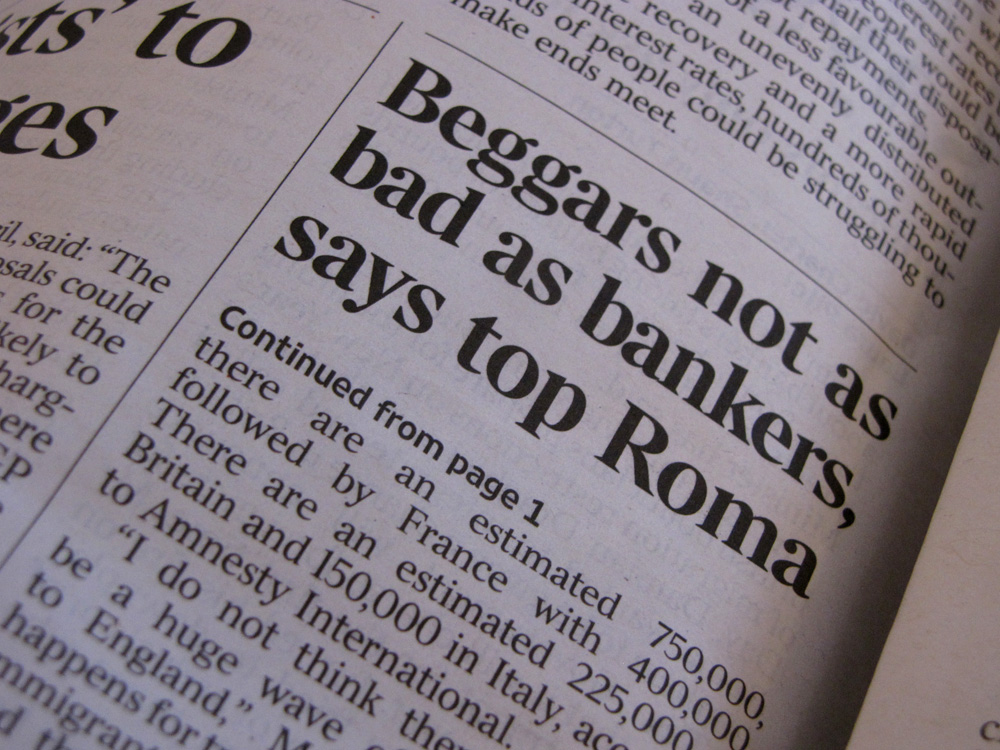
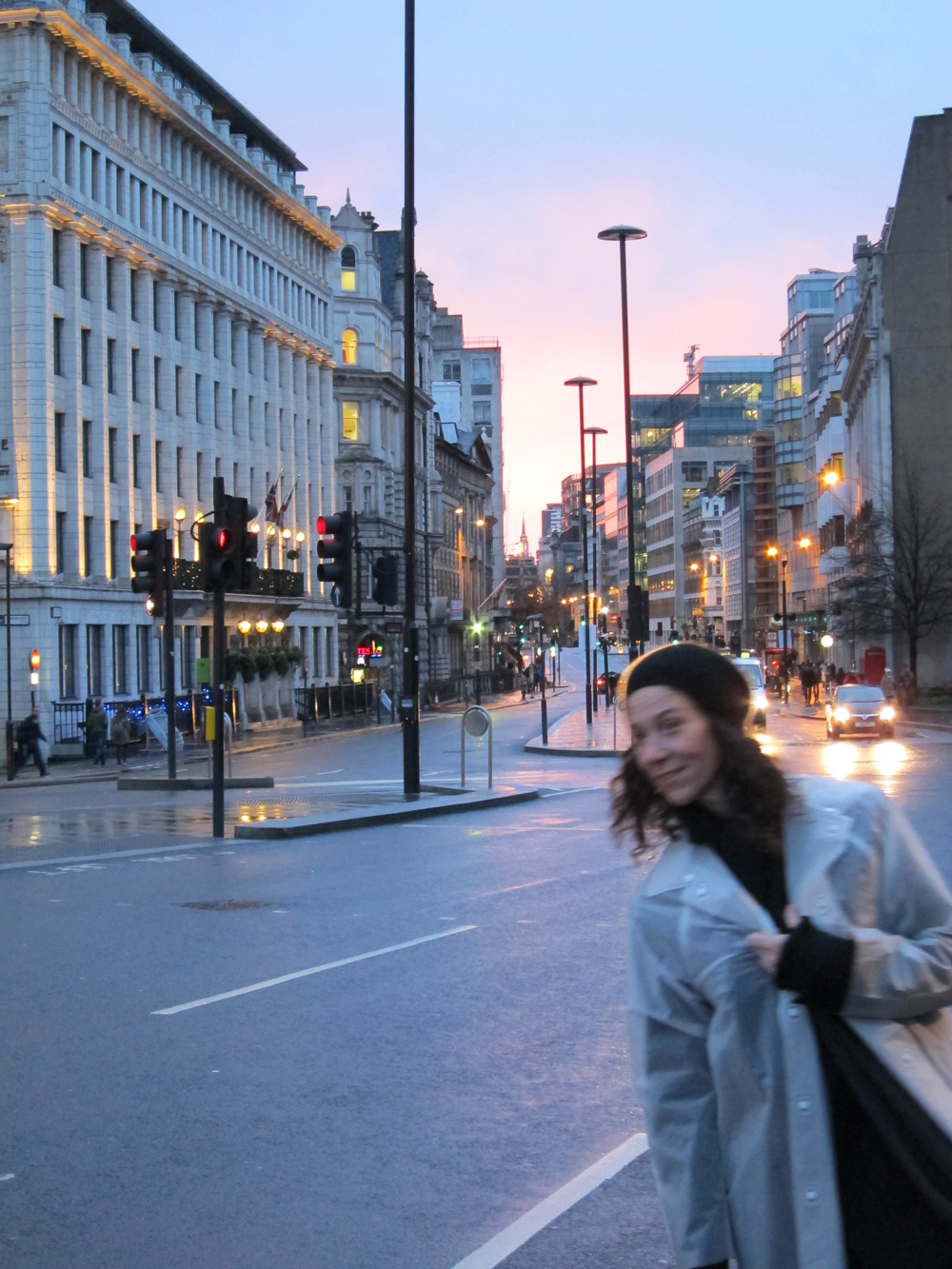
http://blog.singulart.com/de/2021/07/27/5-minuten-mit-peter-vahlefeld
http://ichweissnichtwaseinortistichkennenurseinenpreis.de
http://ichweissnichtwaseinortistichkennenurseinenpreis.de/peter-vahlefeld
http://jean-paul-satre-das-sein-und-das-nichts.de/
http://jean-paul-satre-das-sein-und-das-nichts.de/berlin/peter-vahlefeld/
http://roland-barthes-mythen-des-alltags.de
http://roland-barthes-mythen-des-alltags.de/berlin/peter-vahlefeld
http://103bethnal-greenroad-london.com
http://103bethnal-greenroad-london.com/painting/peter-vahlefeld
http://atelier-bateau-lavoir-paris.com
http://atelier-bateau-lavoir-paris.com/painting/peter-vahlefeld
http://gaming-the-system.com
http://gaming-the-system.com/painting/peter-vahlefeld
http://gift-me-a-memory.com
http://gift-me-a-memory.com/painting/peter-vahlefeld
http://the-emperor-is-naked.com
http://the-emperor-is-naked.com/painting/peter-vahlefeld
http://aesthetik-der-inszenierung.de
http://aesthetik-der-inszenierung.de/berlin/kunst/peter-vahlefeld/
http://artcollectingtoday.com
http://artcollectingtoday.com/berlin-paris-los-angeles/painting-peter-vahlefeld/
http://blog.singulart.com/de/2021/07/27/5-minuten-mit-peter-vahlefeld
http://schoenheitundkonsum.de/berlin/peter-vahlefeld
http://contemporary-artist.com
http://contemporary-artist.com/berlin-paris-los-angeles/painting-peter-vahlefeld/
http://dialogue-in-the-void.com
http://dialogue-in-the-void.com/art/artist/peter-vahlefeld/
http://new-and-abstract.com
http://new-and-abstract.com/berlin-paris-los-angeles/painting-peter-vahlefeld/
http://online-viewing-room.com
http://online-viewing-room.com/berlin-paris-los-angeles/painting-peter-vahlefeld/
http://the-end-of-art.com
http://the-end-of-art.com/berlin/kunst/peter-vahlefeld/
http://to-my-mother-my-dog-and-clowns.com
http://to-my-mother-my-dog-and-clowns.com/berlin/peter-vahlefeld/
http://die-konstruktion-der-gesellschaftlichen-wirklichkeit.de
http://die-konstruktion-der-gesellschaftlichen-wirklichkeit.de/berlin/kunst/peter-vahlefeld/
http://rush-push-cash.com
http://rush-push-cash.com/zurkritikderdeutschenintelligenz/peter-vahlefeld/
http://salon-populaire.com/art/peter-vahlefeld/
http://chloe-savigny.com/paris/art/painting_5/
http://the-warhol-economy.com/art/peter-vahlefeld/
http://chloe-savigny.com/paris/art/painting_4/
http://uncorporate-image.com/art/peter-vahlefeld/
http://chloe-savigny.com/paris/art/painting_3/
http://four-collections-and-one-artist.com/art/peter-vahlefeld/
http://chloe-savigny.com/paris/art/painting_2/
http://monet-manet-money.com
http://post-studio-practices.com
http://onkel-dagobert-sieht-rot.de/berlin/peter-vahlefeld/
http://schoenheitundkonsum.de
http://kunstmarktkontext.de/berlin/peter-vahlefeld/
http://kritik-der-warenaesthetik.de/berlin/peter-vahlefeld/
http://aesthetik-der-oberfläche.de/berlin/peter-vahlefeld
http://www.peter-vahlefeld.de http://www.corporatecollecting.com/berlin/artist/petervahlefeld
http://www.thecorporatizationofculture.com/berlin/artist/petervahlefeld
http://www.gallery-weekend.com/berlin/peter-vahlefeld/
http://www.texte-zur-kunst.com/berlin/peter-vahlefeld/
http://www.galerie-heufelder.de/site/files/kuenstler/popups/vahlefeld/vahlefeld_set_ok.htm
http://muenchner-galerien.de/exhibition/peter-vahlefeld-ich-weiss-nicht-ein-ort-ist-ich-kenne-nur-seinen-preis/
http://muenchner-galerien.de/exhibition/top-pops-der-koeniglich-bayerischen-staatsgemaeldesammlungen/
http://www.petervahlefeld.com http://www.monet-manet-money.com/curatornet/artist/petervahlefeld/
http://www.berlin-newyork-paris.com/46parachutepurple/chloesavigny/artist/petervahlefeld
http://www.petervahlefeldstudioberlin.com
http://www.wahreliebeundwarekunst.de/artkarlsruhe/kuenstler/peter-vahlefeld
http://www.wahnsinnundglueckgibtesnurinderdrogerie.de/berlin/kuenstler/peter-vahlefeld
http://www.travelogue-petervahlefeld.com/creta/artist/petervahlefeld
http://www.travelogue-petervahlefeld.com/bangkok/artist/petervahlefeld
http://www.brookstreetmayfairlondon.com/artist/petervahlefeld
http://www.15placevendomeparis.com/artist/petervahlefeld
http://www.147mercerstreetnyc.com/artist/petervahlefeld
http://www.zurkritikderdeutschenintelligenz.de/monet-manet-money/kuenstler/peter-vahlefeld
http://www.zehntausenddreihundertvierzigmillionendollar.de/monet-manet-money/kuenstler/peter-vahlefeld
http://www.lalalandistabgebrannt.de
http://www.ironieisteinleiserkiller.de
http://www.shopping-at-moma.com
http://www.shopping-at-tatemodern.com
http://www.shopping-at-the-nationalgallery.com
http://www.operationbratwurst.de
http://www.institutionalauthority.com
http://www.monet-manet-money.com
http://www.berlin-newyork-paris.com
http://www.wahreliebeundwarekunst.de
http://www.wahnsinnundglueckgibtesnurinderdrogerie.de
http://www.travelogue-petervahlefeld.com
http://www.brookstreetmayfairlondon.com
http://www.15placevendomeparis.com
http://www.147mercerstreetnyc.com
http://www.zurkritikderdeutschenintelligenz.de
http://www.zehntausenddreihundertvierzigmillionendollar.de
http://www.corporatecollecting.com
http://www.thecorporatizationofculture.com
http://www.lalalandistabgebrannt.de/gallery-weekend/berlin/kuenstler/petervahlefeld/
http://www.ironieisteinleiserkiller.de/texte-zur-kunst/berlin/kuenstler/petervahlefeld
http://www.shopping-at-moma.com/museumshop/newyork/artist/petervahlefeld
http://www.shopping-at-tatemodern.com/museumshop/london/artist/petervahlefeld
http://www.shopping-at-the-nationalgallery.com/museumshop/london/artist/petervahlefeld
http://www.operationbratwurst.de/berlin/kuenstler/peter-vahlefeld
http://www.institutionalauthority.com/berlin/artist/petervahlefeld
http://petervahlefeld.com/berlin/painting/amsterdam/
http://petervahlefeld.com/berlin/painting/monet-manet-money/
http://petervahlefeld.com/berlin/painting/berlin-newyork-paris/
http://petervahlefeld.com/berlin/painting/travelogue-petervahlefeld/
http://peter-vahlefeld.de
http://peter-vahlefeld.de/creta/
http://peter-vahlefeld.de/berlin/studio/
http://peter-vahlefeld.de/berlin/
http://peter-vahlefeld.de/london/
http://peter-vahlefeld.de/sketches
http://peter-vahlefeld.de/paris/
http://peter-vahlefeld.de/archive/
http://peter-vahlefeld.de/artbaselmiamibeach/
http://peter-vahlefeld.de/bangkok/
http://peter-vahlefeld.de/artfaircologne/
http://peter-vahlefeld.de/artfairkarlsruhe/
http://peter-vahlefeld.de/ibiza/
http://peter-vahlefeld.de/munich/
http://peter-vahlefeld.de/vienna/
http://peter-vahlefeld.de/salzburg/
http://peter-vahlefeld.de/madrid/
http://peter-vahlefeld.de/brussels/
http://peter-vahlefeld.de/studioberlin/paintings/60x60cm/
http://peter-vahlefeld.de/studioberlin/paintings/120x120cm/
http://peter-vahlefeld.de/earlybirdventurecapital/munich/
http://peter-vahlefeld.de/white&case/munich/
http://travelogue-petervahlefeld.com/artbaselmiamibeach
http://muenchner-galerien.de/exhibition/top-pops-der-koeniglich-bayerischen-staatsgemaeldesammlungen/
http://youtu.be/VUnI2FjzWRo
http://youtu.be/WuSrBgxhk2k
http://youtu.be/yzH7iz_Gez8
http://youtu.be/51ub04WgQuA
http://youtu.be/Rw95Bdi6V_c
http://artitious.com/de/artist/peter-vahlefeld
http://travelogue-petervahlefeld.com/artbaselhongkong
http:/muenchner-galerien.de/exhibition/zu-gast-edition-karbit-2017
http://canvas.saatchiart.com/art/inside-the-studio/peter-vahlefeld
http://www.peter-vahlefeld.de/?page_id=1317
http://www.peter-vahlefeld.de/?page_id=1315
http://www.peter-vahlefeld.de/?page_id=1403
http://www.peter-vahlefeld.de/?page_id=1319
http://www.peter-vahlefeld.de/?page_id=7
http://www.peter-vahlefeld.de/?page_id=8
http://www.peter-vahlefeld.de/?page_id=9
http://www.peter-vahlefeld.de/?page_id=10
http://www.peter-vahlefeld.de/?page_id=12
http://www.peter-vahlefeld.de/?page_id=14
http://www.aaestheticamagazine.com/q-and-a-peter-vahlefeld/
http://www.muenchner-galerien.de/exhibition/top-pops-der-koeniglich-bayerischen-staatsgemaeldesammlungen/
http://youtu.be/mXiv_sVNPYA
http://youtu.be/_5rqM2GMedc
http://youtu.be/mlYS9F7ar2o
http://youtube.com/embed/x6zG5viLEeU
http://youtu.be/Ca7VL-l2GbY
http://youtu.be/gWvWfIx8NuA
http://youtu.be/Hevs7SN9ap8
http://youtu.be/nxo-tRprKxM8
http://youtu.be/YuENHjHhi28
http:/youtu.be/wINEfg9nv_U
http:/youtu.be/KGM3U__Bvo4
http:/youtu.be/_q0rRf4Ly18
http:/youtu.be/UK4QzRZY5jE
http:/youtu.be/p1-QfrN6ZvU
http:/youtube.com/embed/gGj14Wivfls
http://petervahlefeld.com/berlin/painting/brookstreetmayfairlondon/
http://petervahlefeld.com/berlin/painting/15placevendomeparis/
http://petervahlefeld.com/berlin/painting/147mercerstreetnyc/
http://petervahlefeld.com/berlin/painting/zurkritikderdeutschenintelligenz/
http://petervahlefeld.com/berlin/painting/corporatecollecting/
http://petervahlefeld.com/berlin/painting/thecorporatizationofculture/
http://petervahlefeld.com/berlin/painting/ironieisteinleiserkiller/
http://ppetervahlefeld.com/berlin/painting/institutionalauthority/
http://petervahlefeld.com/berlin/painting/post-studio-practices/
http://petervahlefeld.com/berlin/painting/schoenheitundkonsum/
http://petervahlefeld.com/berlin/painting/fiona-alison-projects/
http://petervahlefeld.com/berlin/painting/chloe-savigny/
http://petervahlefeld.com/berlin/painting/ikonografiedergegenwart/
http://petervahlefeld.com/berlin/painting/aesthetikundideologie/
http://petervahlefeld.com/berlin/painting/theoriedermalerei/
http://petervahlefeld.com/berlin/painting/denkenundkunst/
http://petervahlefeld.com/berlin/painting/semantik-der-krise/
http://www.issuu.com/vahlefeld/docs/katalog-prod-issuu
http://www.issuu.com/vahlefeld/docs/vahlefeld-atelierberlin
http://www.issuu.com/vahlefeld/docs/sketchbbook
http://www.issuu.com/vahlefeld/docs/katalog_2007
http://www.issuu.com/vahlefeld/docs/katalog_2013
http://www.issuu.com/vahlefeld/docs/katalog-2009-min_
http://www.saatchiart.com/vahlefeld
http://chloe-savigny.com/paris/art/painting_1/
http://istdassilikoninpamelaandersonsbruestenecht.de
http://www.vahlefeld-painting.com
http://www.vahlefeld-photography.com
http://www.jadorecannesoderwheresmyfuckinguccishoetree.com
http://www.nurwerdenklatschderstadtkenntfindetdenmoerder.de
http://fiona-alison-projects.com
http://chloe-savigny.com
http://stiftung-lidl.de/
http://www.theoriedermalerei.de
http://www.aesthetikundideologie.de
http://www.semantik-der-krise.de
http://elizabethcoopergallery.com/leipzig/peter-vahlefeld/
http://www.galeriekoenig.com/hamburg/peter-vahlefeld/
http://www.you-shop-therefore-you-are.com
http://www.you-shop-therefore-you-are.com/choosing-an-auction-hammer-by-fiona-alison-exploring-different-ways-branding-is-used-in-the-art-world-london-paintings-and-photographs-by-peter-vahlefeld/
http://www.you-shop-therefore-you-are.com/supercollector-a-critique-of-the-art-market-an-examination-of-the-contemporary-art-market-by-fiona-alison/
http://www.windsorartclub.com/peter-vahlefeld-ist-die-liebe-zum-leben-wie-die-angst-vor-dem-tod-nur-ein-irrtum/
http://www.46parachutepurple.com/eye-candy/digital-painting/analog-painting
http://www.you-shop-therefore-you-are.com/supercollector-a-critique-of-the-art-market-an-examination-of-the-contemporary-art-market-by-fiona-alison/
http://www.fiona-alison.com/londonfashionweek/curatorspicks
http://www.windsorartclub.com/peter-vahlefeld-was-stimmt-nicht-wenn-alles-in-ordnung-ist/
http://www.chloesavigny.com/pop-up-gallery/projects/vahlefeld/
http://www.you-shop-therefore-you-are.com/diary-of-an-art-dealer-contracts-between-art-and-commerce-peter-vahlefeld-46-parachute-purple-new-york-how-to-promote-art-and-get-rich-or-die-tryin/
http://www.46parachutepurple.com/more-artists-more-info-frequent-updates
http://www.fiona-alison.com/pop-up-gallery/projects/
http://www.chloesavigny.com/impressions/
http://www.fiona-alison.com/links/
http://www.chloesavigny.com/links.php.html?id3=11&intro9=chloe_savigny/e-mail/adressen
http://www.46parachutepurple.com/listing/links.php?id9=5&intro11=parachute_purple/e-mail/adressen
http://www.windsorartclub.com/peter-vahlefeld-nichtstun-macht-keinen-spass-wenn-man-nichts-zu-tun-hat/
http://www.fiona-alison.com/emails/all.php?id1=13&intro5=fiona_allison/e-mail/adressen
http://www.chloesavigny.com/links.php.html?id3=11&intro9=chloe_savigny/e-mail/adressen
http://www.windsorartclub.com/peter-vahlefeld-ist-erfolg-missgluecktes-scheitern/
http://www.artfacts.net/de/ausstellung/ina-geissler-and-peter-vahlefeld-insideout-48171/ueberblick.html
http://www.windsorartclub.com/peter-vahlefeld-arbeitet-gegen-jede-kritische-legitimitaet-er-schaendet-sie-um-seinen-bildern-den-postfordistischen-imperativ-der-geselligkeit-auszutreiben/
http://galeriekoenig.com
http://www.46parachutepurple.blogspot.de/2011_05_01_archive.html
http://www.chloe-savigny.com/peter-vahlefeld/
http://bordel-des-arts.com
http://www.fiona-alison-projects.com/peter-vahlefeld/
http://www.you-shop-therefore-you-are.com/fiona-alison-pricing-the-priceless-art-artists-and-economics-opening-reception-with-peter-vahlefeld/
http://elizabethcoopergallery.com
http://www.you-shop-therefore-you-are.com/fiona-alison-pricing-the-priceless-art-artists-and-economics-opening-reception-with-peter-vahlefeld/
http://www.you-shop-therefore-you-are.com/the-idea-is-simple-a-few-big-investors-put-up-money-to-help-a-money-manager-buy-paintings/
http://www.windsorartclub.com/why-does-peter-vahlefeld-constructs-such-elaborate-facades-behind-which-he-persists-in-living-a-lie-why-is-the-lie-not-his-ideal-his-image-his-truth/
http://www.windsorartclub.com/peter-vahlefeld-ist-das-silikon-in-pamela-andersons-bruesten-echt/
http://www.you-shop-therefore-you-are.com/the-wealthiest-and-most-fashionable-people-have-been-made-wealthier-and-more-fashionable-by-poorer-people-who-pay-to-look-at-pictures-of-them-peter-vahlefeld-46-parachute-purple-new-york/
http://www.windsorartclub.com/peter-vahlefeld-haelt-sich-zurueck-mit-dem-nippes-der-museumsshops-keine-porzellantassen-andy-warhols-die-zertruemmert-werden-keine-goya-aufkleber-an-aktenordnern/
http://www.aesthetikundideologie.de/kuenstler-peter-vahlefeld/
http://www.theoriedermalerei.de/kuenstler-peter-vahlefeld/
http://www.you-shop-therefore-you-are.com/an-examination-of-auction-house-branding-strategies-and-management-london-peter-vahlefeld-at-fiona-alison-gallery/
http://stiftung-lidl.de/kuenstler-peter-vahlefeld/
http://www.bordel-des-arts.com/peter-vahlefeld-mit-der-wirklichkeit-kann-ich-nicht-mehr-angemessen-auf-meine-probleme-mit-der-wirklichkeit-reagieren/
http://www.fallauctionlondon.com/artist/last+name/peter+vahlefeld/prizes
http://www.you-shop-therefore-you-are.com/robert-lacey-and-fiona-alison-bidding-for-class-london-opening-reception-peter-vahlefeld-painting-vs-photography/
http://bordel-des-arts.com/peter-vahlefeld-die-intensivsten-gefuehle-habe-ich-gekauft/
http://bordel-des-arts.com/peter-vahlefeld-wie-lange-werden-sie-noch-durchhalten-bis-zum-geld-nicht-mehr/
http://www.windsorartclub.com/vahlefeld9
http://bordel-des-arts.com/peter-vahlefeld-wenn-der-name-klingelt-klingelt-die-kasse/
http://munichx.de/planen/muenchen/Galerie_Michael_Heufelder/Peter_Vahlefeld/14616.php
http://doebele-kunst.de/en/exhibitions/our_classics_2017/works/advertisement_hermitage/type/all
http://doebele-kunst.de/de/exhibitions/our_classics_2017/works/advertisement_515/type/all
http://www.monopol-magazin.de/artikel/20107181/Was-laeuft-im-Fernsehen.html
http://ichweissnichtwaseinortistichkennenurseinenpreis.de
http://ichweissnichtwaseinortistichkennenurseinenpreis.de/peter-vahlefeld
http://jean-paul-satre-das-sein-und-das-nichts.de/
http://jean-paul-satre-das-sein-und-das-nichts.de/berlin/peter-vahlefeld/
http://roland-barthes-mythen-des-alltags.de
http://roland-barthes-mythen-des-alltags.de/berlin/peter-vahlefeld
http://103bethnal-greenroad-london.com
http://103bethnal-greenroad-london.com/painting/peter-vahlefeld
http://atelier-bateau-lavoir-paris.com
http://atelier-bateau-lavoir-paris.com/painting/peter-vahlefeld
http://gaming-the-system.com
http://gaming-the-system.com/painting/peter-vahlefeld
http://gift-me-a-memory.com
http://gift-me-a-memory.com/painting/peter-vahlefeld
http://the-emperor-is-naked.com
http://the-emperor-is-naked.com/painting/peter-vahlefeld
http://aesthetik-der-inszenierung.de
http://aesthetik-der-inszenierung.de/berlin/kunst/peter-vahlefeld/
http://artcollectingtoday.com
http://artcollectingtoday.com/berlin-paris-los-angeles/painting-peter-vahlefeld/
http://blog.singulart.com/de/2021/07/27/5-minuten-mit-peter-vahlefeld
http://schoenheitundkonsum.de/berlin/peter-vahlefeld
http://contemporary-artist.com
http://contemporary-artist.com/berlin-paris-los-angeles/painting-peter-vahlefeld/
http://dialogue-in-the-void.com
http://dialogue-in-the-void.com/art/artist/peter-vahlefeld/
http://new-and-abstract.com
http://new-and-abstract.com/berlin-paris-los-angeles/painting-peter-vahlefeld/
http://online-viewing-room.com
http://online-viewing-room.com/berlin-paris-los-angeles/painting-peter-vahlefeld/
http://the-end-of-art.com
http://the-end-of-art.com/berlin/kunst/peter-vahlefeld/
http://to-my-mother-my-dog-and-clowns.com
http://to-my-mother-my-dog-and-clowns.com/berlin/peter-vahlefeld/
http://die-konstruktion-der-gesellschaftlichen-wirklichkeit.de
http://die-konstruktion-der-gesellschaftlichen-wirklichkeit.de/berlin/kunst/peter-vahlefeld/
http://rush-push-cash.com
http://rush-push-cash.com/zurkritikderdeutschenintelligenz/peter-vahlefeld/
http://salon-populaire.com/art/peter-vahlefeld/
http://chloe-savigny.com/paris/art/painting_5/
http://the-warhol-economy.com/art/peter-vahlefeld/
http://chloe-savigny.com/paris/art/painting_4/
http://uncorporate-image.com/art/peter-vahlefeld/
http://chloe-savigny.com/paris/art/painting_3/
http://four-collections-and-one-artist.com/art/peter-vahlefeld/
http://chloe-savigny.com/paris/art/painting_2/
http://monet-manet-money.com
http://post-studio-practices.com
http://onkel-dagobert-sieht-rot.de/berlin/peter-vahlefeld/
http://schoenheitundkonsum.de
http://kunstmarktkontext.de/berlin/peter-vahlefeld/
http://kritik-der-warenaesthetik.de/berlin/peter-vahlefeld/
http://aesthetik-der-oberfläche.de/berlin/peter-vahlefeld
http://www.peter-vahlefeld.de http://www.corporatecollecting.com/berlin/artist/petervahlefeld
http://www.thecorporatizationofculture.com/berlin/artist/petervahlefeld
http://www.gallery-weekend.com/berlin/peter-vahlefeld/
http://www.texte-zur-kunst.com/berlin/peter-vahlefeld/
http://www.galerie-heufelder.de/site/files/kuenstler/popups/vahlefeld/vahlefeld_set_ok.htm
http://muenchner-galerien.de/exhibition/peter-vahlefeld-ich-weiss-nicht-ein-ort-ist-ich-kenne-nur-seinen-preis/
http://muenchner-galerien.de/exhibition/top-pops-der-koeniglich-bayerischen-staatsgemaeldesammlungen/
http://www.petervahlefeld.com http://www.monet-manet-money.com/curatornet/artist/petervahlefeld/
http://www.berlin-newyork-paris.com/46parachutepurple/chloesavigny/artist/petervahlefeld
http://www.petervahlefeldstudioberlin.com
http://www.wahreliebeundwarekunst.de/artkarlsruhe/kuenstler/peter-vahlefeld
http://www.wahnsinnundglueckgibtesnurinderdrogerie.de/berlin/kuenstler/peter-vahlefeld
http://www.travelogue-petervahlefeld.com/creta/artist/petervahlefeld
http://www.travelogue-petervahlefeld.com/bangkok/artist/petervahlefeld
http://www.brookstreetmayfairlondon.com/artist/petervahlefeld
http://www.15placevendomeparis.com/artist/petervahlefeld
http://www.147mercerstreetnyc.com/artist/petervahlefeld
http://www.zurkritikderdeutschenintelligenz.de/monet-manet-money/kuenstler/peter-vahlefeld
http://www.zehntausenddreihundertvierzigmillionendollar.de/monet-manet-money/kuenstler/peter-vahlefeld
http://www.lalalandistabgebrannt.de
http://www.ironieisteinleiserkiller.de
http://www.shopping-at-moma.com
http://www.shopping-at-tatemodern.com
http://www.shopping-at-the-nationalgallery.com
http://www.operationbratwurst.de
http://www.institutionalauthority.com
http://www.monet-manet-money.com
http://www.berlin-newyork-paris.com
http://www.wahreliebeundwarekunst.de
http://www.wahnsinnundglueckgibtesnurinderdrogerie.de
http://www.travelogue-petervahlefeld.com
http://www.brookstreetmayfairlondon.com
http://www.15placevendomeparis.com
http://www.147mercerstreetnyc.com
http://www.zurkritikderdeutschenintelligenz.de
http://www.zehntausenddreihundertvierzigmillionendollar.de
http://www.corporatecollecting.com
http://www.thecorporatizationofculture.com
http://www.lalalandistabgebrannt.de/gallery-weekend/berlin/kuenstler/petervahlefeld/
http://www.ironieisteinleiserkiller.de/texte-zur-kunst/berlin/kuenstler/petervahlefeld
http://www.shopping-at-moma.com/museumshop/newyork/artist/petervahlefeld
http://www.shopping-at-tatemodern.com/museumshop/london/artist/petervahlefeld
http://www.shopping-at-the-nationalgallery.com/museumshop/london/artist/petervahlefeld
http://www.operationbratwurst.de/berlin/kuenstler/peter-vahlefeld
http://www.institutionalauthority.com/berlin/artist/petervahlefeld
http://petervahlefeld.com/berlin/painting/amsterdam/
http://petervahlefeld.com/berlin/painting/monet-manet-money/
http://petervahlefeld.com/berlin/painting/berlin-newyork-paris/
http://petervahlefeld.com/berlin/painting/travelogue-petervahlefeld/
http://peter-vahlefeld.de
http://peter-vahlefeld.de/creta/
http://peter-vahlefeld.de/berlin/studio/
http://peter-vahlefeld.de/berlin/
http://peter-vahlefeld.de/london/
http://peter-vahlefeld.de/sketches
http://peter-vahlefeld.de/paris/
http://peter-vahlefeld.de/archive/
http://peter-vahlefeld.de/artbaselmiamibeach/
http://peter-vahlefeld.de/bangkok/
http://peter-vahlefeld.de/artfaircologne/
http://peter-vahlefeld.de/artfairkarlsruhe/
http://peter-vahlefeld.de/ibiza/
http://peter-vahlefeld.de/munich/
http://peter-vahlefeld.de/vienna/
http://peter-vahlefeld.de/salzburg/
http://peter-vahlefeld.de/madrid/
http://peter-vahlefeld.de/brussels/
http://peter-vahlefeld.de/studioberlin/paintings/60x60cm/
http://peter-vahlefeld.de/studioberlin/paintings/120x120cm/
http://peter-vahlefeld.de/earlybirdventurecapital/munich/
http://peter-vahlefeld.de/white&case/munich/
http://travelogue-petervahlefeld.com/artbaselmiamibeach
http://muenchner-galerien.de/exhibition/top-pops-der-koeniglich-bayerischen-staatsgemaeldesammlungen/
http://youtu.be/VUnI2FjzWRo
http://youtu.be/WuSrBgxhk2k
http://youtu.be/yzH7iz_Gez8
http://youtu.be/51ub04WgQuA
http://youtu.be/Rw95Bdi6V_c
http://artitious.com/de/artist/peter-vahlefeld
http://travelogue-petervahlefeld.com/artbaselhongkong
http:/muenchner-galerien.de/exhibition/zu-gast-edition-karbit-2017
http://canvas.saatchiart.com/art/inside-the-studio/peter-vahlefeld
http://www.peter-vahlefeld.de/?page_id=1317
http://www.peter-vahlefeld.de/?page_id=1315
http://www.peter-vahlefeld.de/?page_id=1403
http://www.peter-vahlefeld.de/?page_id=1319
http://www.peter-vahlefeld.de/?page_id=7
http://www.peter-vahlefeld.de/?page_id=8
http://www.peter-vahlefeld.de/?page_id=9
http://www.peter-vahlefeld.de/?page_id=10
http://www.peter-vahlefeld.de/?page_id=12
http://www.peter-vahlefeld.de/?page_id=14
http://www.aaestheticamagazine.com/q-and-a-peter-vahlefeld/
http://www.muenchner-galerien.de/exhibition/top-pops-der-koeniglich-bayerischen-staatsgemaeldesammlungen/
http://youtu.be/mXiv_sVNPYA
http://youtu.be/_5rqM2GMedc
http://youtu.be/mlYS9F7ar2o
http://youtube.com/embed/x6zG5viLEeU
http://youtu.be/Ca7VL-l2GbY
http://youtu.be/gWvWfIx8NuA
http://youtu.be/Hevs7SN9ap8
http://youtu.be/nxo-tRprKxM8
http://youtu.be/YuENHjHhi28
http:/youtu.be/wINEfg9nv_U
http:/youtu.be/KGM3U__Bvo4
http:/youtu.be/_q0rRf4Ly18
http:/youtu.be/UK4QzRZY5jE
http:/youtu.be/p1-QfrN6ZvU
http:/youtube.com/embed/gGj14Wivfls
http://petervahlefeld.com/berlin/painting/brookstreetmayfairlondon/
http://petervahlefeld.com/berlin/painting/15placevendomeparis/
http://petervahlefeld.com/berlin/painting/147mercerstreetnyc/
http://petervahlefeld.com/berlin/painting/zurkritikderdeutschenintelligenz/
http://petervahlefeld.com/berlin/painting/corporatecollecting/
http://petervahlefeld.com/berlin/painting/thecorporatizationofculture/
http://petervahlefeld.com/berlin/painting/ironieisteinleiserkiller/
http://ppetervahlefeld.com/berlin/painting/institutionalauthority/
http://petervahlefeld.com/berlin/painting/post-studio-practices/
http://petervahlefeld.com/berlin/painting/schoenheitundkonsum/
http://petervahlefeld.com/berlin/painting/fiona-alison-projects/
http://petervahlefeld.com/berlin/painting/chloe-savigny/
http://petervahlefeld.com/berlin/painting/ikonografiedergegenwart/
http://petervahlefeld.com/berlin/painting/aesthetikundideologie/
http://petervahlefeld.com/berlin/painting/theoriedermalerei/
http://petervahlefeld.com/berlin/painting/denkenundkunst/
http://petervahlefeld.com/berlin/painting/semantik-der-krise/
http://www.issuu.com/vahlefeld/docs/katalog-prod-issuu
http://www.issuu.com/vahlefeld/docs/vahlefeld-atelierberlin
http://www.issuu.com/vahlefeld/docs/sketchbbook
http://www.issuu.com/vahlefeld/docs/katalog_2007
http://www.issuu.com/vahlefeld/docs/katalog_2013
http://www.issuu.com/vahlefeld/docs/katalog-2009-min_
http://www.saatchiart.com/vahlefeld
http://chloe-savigny.com/paris/art/painting_1/
http://istdassilikoninpamelaandersonsbruestenecht.de
http://www.vahlefeld-painting.com
http://www.vahlefeld-photography.com
http://www.jadorecannesoderwheresmyfuckinguccishoetree.com
http://www.nurwerdenklatschderstadtkenntfindetdenmoerder.de
http://fiona-alison-projects.com
http://chloe-savigny.com
http://stiftung-lidl.de/
http://www.theoriedermalerei.de
http://www.aesthetikundideologie.de
http://www.semantik-der-krise.de
http://elizabethcoopergallery.com/leipzig/peter-vahlefeld/
http://www.galeriekoenig.com/hamburg/peter-vahlefeld/
http://www.you-shop-therefore-you-are.com
http://www.you-shop-therefore-you-are.com/choosing-an-auction-hammer-by-fiona-alison-exploring-different-ways-branding-is-used-in-the-art-world-london-paintings-and-photographs-by-peter-vahlefeld/
http://www.you-shop-therefore-you-are.com/supercollector-a-critique-of-the-art-market-an-examination-of-the-contemporary-art-market-by-fiona-alison/
http://www.windsorartclub.com/peter-vahlefeld-ist-die-liebe-zum-leben-wie-die-angst-vor-dem-tod-nur-ein-irrtum/
http://www.46parachutepurple.com/eye-candy/digital-painting/analog-painting
http://www.you-shop-therefore-you-are.com/supercollector-a-critique-of-the-art-market-an-examination-of-the-contemporary-art-market-by-fiona-alison/
http://www.fiona-alison.com/londonfashionweek/curatorspicks
http://www.windsorartclub.com/peter-vahlefeld-was-stimmt-nicht-wenn-alles-in-ordnung-ist/
http://www.chloesavigny.com/pop-up-gallery/projects/vahlefeld/
http://www.you-shop-therefore-you-are.com/diary-of-an-art-dealer-contracts-between-art-and-commerce-peter-vahlefeld-46-parachute-purple-new-york-how-to-promote-art-and-get-rich-or-die-tryin/
http://www.46parachutepurple.com/more-artists-more-info-frequent-updates
http://www.fiona-alison.com/pop-up-gallery/projects/
http://www.chloesavigny.com/impressions/
http://www.fiona-alison.com/links/
http://www.chloesavigny.com/links.php.html?id3=11&intro9=chloe_savigny/e-mail/adressen
http://www.46parachutepurple.com/listing/links.php?id9=5&intro11=parachute_purple/e-mail/adressen
http://www.windsorartclub.com/peter-vahlefeld-nichtstun-macht-keinen-spass-wenn-man-nichts-zu-tun-hat/
http://www.fiona-alison.com/emails/all.php?id1=13&intro5=fiona_allison/e-mail/adressen
http://www.chloesavigny.com/links.php.html?id3=11&intro9=chloe_savigny/e-mail/adressen
http://www.windsorartclub.com/peter-vahlefeld-ist-erfolg-missgluecktes-scheitern/
http://www.artfacts.net/de/ausstellung/ina-geissler-and-peter-vahlefeld-insideout-48171/ueberblick.html
http://www.windsorartclub.com/peter-vahlefeld-arbeitet-gegen-jede-kritische-legitimitaet-er-schaendet-sie-um-seinen-bildern-den-postfordistischen-imperativ-der-geselligkeit-auszutreiben/
http://galeriekoenig.com
http://www.46parachutepurple.blogspot.de/2011_05_01_archive.html
http://www.chloe-savigny.com/peter-vahlefeld/
http://bordel-des-arts.com
http://www.fiona-alison-projects.com/peter-vahlefeld/
http://www.you-shop-therefore-you-are.com/fiona-alison-pricing-the-priceless-art-artists-and-economics-opening-reception-with-peter-vahlefeld/
http://elizabethcoopergallery.com
http://www.you-shop-therefore-you-are.com/fiona-alison-pricing-the-priceless-art-artists-and-economics-opening-reception-with-peter-vahlefeld/
http://www.you-shop-therefore-you-are.com/the-idea-is-simple-a-few-big-investors-put-up-money-to-help-a-money-manager-buy-paintings/
http://www.windsorartclub.com/why-does-peter-vahlefeld-constructs-such-elaborate-facades-behind-which-he-persists-in-living-a-lie-why-is-the-lie-not-his-ideal-his-image-his-truth/
http://www.windsorartclub.com/peter-vahlefeld-ist-das-silikon-in-pamela-andersons-bruesten-echt/
http://www.you-shop-therefore-you-are.com/the-wealthiest-and-most-fashionable-people-have-been-made-wealthier-and-more-fashionable-by-poorer-people-who-pay-to-look-at-pictures-of-them-peter-vahlefeld-46-parachute-purple-new-york/
http://www.windsorartclub.com/peter-vahlefeld-haelt-sich-zurueck-mit-dem-nippes-der-museumsshops-keine-porzellantassen-andy-warhols-die-zertruemmert-werden-keine-goya-aufkleber-an-aktenordnern/
http://www.aesthetikundideologie.de/kuenstler-peter-vahlefeld/
http://www.theoriedermalerei.de/kuenstler-peter-vahlefeld/
http://www.you-shop-therefore-you-are.com/an-examination-of-auction-house-branding-strategies-and-management-london-peter-vahlefeld-at-fiona-alison-gallery/
http://stiftung-lidl.de/kuenstler-peter-vahlefeld/
http://www.bordel-des-arts.com/peter-vahlefeld-mit-der-wirklichkeit-kann-ich-nicht-mehr-angemessen-auf-meine-probleme-mit-der-wirklichkeit-reagieren/
http://www.fallauctionlondon.com/artist/last+name/peter+vahlefeld/prizes
http://www.you-shop-therefore-you-are.com/robert-lacey-and-fiona-alison-bidding-for-class-london-opening-reception-peter-vahlefeld-painting-vs-photography/
http://bordel-des-arts.com/peter-vahlefeld-die-intensivsten-gefuehle-habe-ich-gekauft/
http://bordel-des-arts.com/peter-vahlefeld-wie-lange-werden-sie-noch-durchhalten-bis-zum-geld-nicht-mehr/
http://www.windsorartclub.com/vahlefeld9
http://bordel-des-arts.com/peter-vahlefeld-wenn-der-name-klingelt-klingelt-die-kasse/
http://munichx.de/planen/muenchen/Galerie_Michael_Heufelder/Peter_Vahlefeld/14616.php
http://doebele-kunst.de/en/exhibitions/our_classics_2017/works/advertisement_hermitage/type/all
http://doebele-kunst.de/de/exhibitions/our_classics_2017/works/advertisement_515/type/all
http://www.monopol-magazin.de/artikel/20107181/Was-laeuft-im-Fernsehen.html